|
In the winter of 1940, art major Joseph G. Parker was part of the special few who were in the first graduating class of the Fiorello H. LaGuardia High School of Music and Art. He was also a graduate of Harvard College and the Columbia University College of Physicians and Surgeons. Joseph Garrison Parker was born on June 6, 1924, in East Orange, New Jersey to Anne Siegel Parker and Dr. Philip Parker. His younger sister, Cyrena, was born in 1926.
Even before starting kindergarten, Joseph showed a precocious ability to draw people and animals using only crayons and pencils. In 1929, 5-year-old “Joey” attended P.S. 44 Elementary School in the Bronx and he completed 2nd grade in only six months (1931). This was the beginning of a number of rapid advancements, culminating in his graduating high school as a 15 1/2 year-old. A consistent theme throughout that time was Joey’s passion for art - whether it be drawing, sketching, painting, or working on creative projects. In fact, rarely did a day pass that did not find him doing something artistic. When Joey was 7 ½ years old, his mother entered his drawing entitiled “Prying Will” in a Wanamaker Department Store art contest (March 1932), where he became a prize winner. Joseph also had a knack for music, and at age seven he began piano lessons, which continued throughout high school. However, art was always his first passion although music periodically finds its way into his art.
The Parker family, May 1937 - Joseph's second year in Music & Art Every once in a while, some of Joseph’s work would be entered in outside competitions. On April 19, 1937, Joey was in 9th Grade when the American Institute Children’s Science Fair took place. All NYC school students were invited to participate. Joey built a diorama of a scientist in a lab named "History of Science" and won 1st prize. He received a Bausch & Lomb Honorary Science medal and a massive check for $10.00. Joseph built everything, the scientist, laboratory, microscope, test tubes, Bunsen burner, sink, and even added electricity to light up the diorama. In addition, he submitted a very large pen and ink drawing to fill up space at the exhibit. Joseph received $10.00 first prize for his diorama project. Music and Art book, June 1938 While at M&A, Joseph's art class was assigned to make marionettes of the symphony orchestra. Joey made a marionette of Arturo Toscanini, its famous conductor at the time (pre-1936). His mechanical drawings are shown. Joey then carved the marionette and baton out of wood. He even hand-sewed the tuxedo. All throughout his time at M & A, Joey was prolific in creating sketches and oil paintings, and it is in his paintings that one can see the development of a distinctive Joseph Parker style. Whereas Joey was capable of amazingly detailed drawings bordering on “hyper-realism” (for example, sketches and medical illustrations), his painting style was much simpler, almost impressionistic at times. His art always evokes moods and emotions. Joseph was also friends with Bernard Safran, the well-known illustrator and painter of many Time Magazine covers. Art Class circa 1939. From left to right top row: Justine Moss, Helen Conin, Annette Dorfman, Flonyn Stank, Corinere Rice, Miss Ridgaway, Diane Panet, Bebe Landes, Gladys Torres, Veronica Hasler, Gladys Homer From left to right bottom row: Tina Muscasella, Ernestine Jaedicker, Violet Avedikian, Anne Triantafilo, Florence Hortinstein, and Joseph Garrison Parker In January 1940, 15 1/2 year old Joseph G. Parker became part of the first graduating class of the High School of Music and Art. All told, there were 146 graduates in the Winter 1940 yearbook. The first Graduation Exercises at the High School of Music and Art, January 30, 1940 Award received by Joseph Parker - Graduation program Bausch and Lomb Awards for Proficiency In Three Years of Science Senior Souvenir for the graduating class, January 30, 1940 "JOSEPH PARKER - Keep this a secret between youse. It's such fun being a genius." Prior to this, in December 1939 Joseph had already received his acceptance letter to Harvard College. However, at 15 1⁄2 years of age, he was simply too young and was not allowed to enter until he was age 16 (June 1940). Therefore, after graduating M&A, Joseph took classes at Drake Preparatory School for 6 months and also took the SATs. It is worth noting that on January 14, 1938, Joseph’s parents helped organize the very first meeting of the M & A Parent Teachers Association (PTA). Moreover, both Anne and Phillip were very active financial supporters of the school with donations for the 30+ year period spanning 1936 to until Anne’s passing in December 1969. As an honor, Anne was invited to sit on the stage at graduations every year until 1969. Joseph’s sister, Cyrena Parker Konecky continued the tradition of donating money to Music and Art for the next 50 years, until she passed away in 2020 In September 1940 – Joseph entered Harvard College as a biology major, but continued to do art on his own. Ultimately, he set his sights on a career in Medicine. Amazingly, Joseph would write to his parents every day! Joseph’s artistic inclinations could never be suppressed. For example, his class notes were filled with sketches of scenes, lecture topics, and even the professors. Moreover, when writing to his parents every day Joseph would frequently draw artwork in the letters and on the envelopes. On provided image, he drew the notes of the theme of Beethoven’s Fifth Symphony. This was sent during the war years, and note that he drew the Morse code for the letter “V” for victory all around the edges of the envelope. There was no formal graduation in 1944 because of WWII. They sent him his diploma. He was very good in languages also and spoke fluent French, German, and Yiddish. On January 19, 1944, Joseph received an acceptance letter from the Columbia University College of Physicians and Surgeons, and began medical school in October of 1944. Joseph was only 20 years old. Self-portrait by Joseph Parker, June 1945 While at Columbia University College of Physicians and Surgeons, Dr. Joseph Parker studied medical illustration with Alfred Feinberg, one of the foremost medical illustrators of his time and a member of the Pathology Department. Inasmuch as cameras were not allowed into the operating rooms, whenever images were needed of either the procedures, medical abnormalities, or of patients, they would ask Joseph to do the drawings. Of course, these were always gratis. However, there were times that Joseph would capture the overall impression of the experience, as can be seen with the pastel image. During medical school lectures at the Columbia University College of Physicians and Surgeons, the creative energies of his mind could not be suppressed. For example, during one lecture he did the pencil sketch below. Later he painted the oil painting. Close inspection shows that his sketches mapped out what color he was going to paint on the different parts of the flowers. It is nevertheless difficult to provide insight (or paint a picture of) into the brilliantly creative mind of Joseph Parker with a small sampling of his artistic works. Art was always an indelible part of Joseph Parker, and the way he saw the world. This is perhaps best demonstrated when Joseph discarded a crumpled piece of paper that he tossed into a garbage basket (circa 1946). When Joseph walked by it later that day, it occurred to him that the crumpled paper resembled a nun’s habit. From this came sketches that ultimately translated into a fascinating oil painting on canvas.
Dr. Joseph G. Parker with mural he painted in the Pediatrics ward for the children during Christmas. During 1948, after graduating from medical school, Joseph did a one-year residency in Internal Medicine at Mt. Sinai Hospital in NYC, and in the following year a residency at Duke University Medical School in N.C. After this Joseph went back to Mt. Sinai for one year and then finished with the Sara Welt Fellowship in Pathology from Duke University Medical School. At this point in time, his focus appears to have been on research as well as patient-centered clinical medicine. During 1953, 28 year old Dr. Joseph G. Parker worked in Public Health in Cincinnati, Ohio when he became terminally ill with leukemia. It is largely believed that, ironically, he contracted this disease while doing cancer research in the lab. Joseph Parker belonged to the American Physician’s Art Association (APAA). Founded in 1936, the APAA had annual exhibitions for many years that were held in conjunction with the American Medical Association’s annual conventions. Living in Cincinnati, Dr. Parker submitted an oil painting of the well-known Mt. Adams. This turned out to be his last painting, as he died shortly afterwards. Below is his pencil sketch, and the subsequent oil painting. This painting was recognized for the Award of Merit in June 1953. Unfortunately by that time Dr. Parker was too ill to attend the ceremonial dinner, so his mother Anne and one of her sisters went to accept the award in his honor. Dr. Joseph G. Parker passed away on June 21, 1953 at the young age of 29, from leukemia. Much like creative geniuses such as Mozart and others, one can only wonder at what might have been had Joseph lived longer. It is fortunate that he created so much art in the relatively short time he was with us. After he died, his parents established a number of awards in his memory (the Dr. Joseph Garrison Parker Prize) at the following intitutions: -Music and Art -Harvard College -Columbia University College of Physicians and Surgeons -Skidmore College -Jewish Theological Seminary -Brandeis University. This was a new college and the Parkers felt it was worthy for students in need. The award went to the best student (or students) in science and the arts. His parents also established the Fiorello H. LaGuardia Award in honor of Mayor LaGuardia.
* Article from the NY Times (12/29/1935) announcing HSM&A - https://mycastletreasures.com/the-beginning.html All materials of Dr. Joseph G. Parker were contributed by his niece, Margaret Konecky, M&A Class of 1973.
1 Comment
Once upon a time, there were magical steps that students sat upon as they gazed up at Music and Art. During that long ago time, simply walking up and down the wooden staircase was an adventure.
Before 1953, when M&Aers made the trek from St. Nicholas Avenue up the hill through St. Nicholas Park to get to St. Nicholas Terrace & 135th Street, their final climb to the Castle was met by the wooden monster you see in the surrounding photos.
Imagine rainy and windy days as you attempt to move up and down this platform. Now imagine blinding snowy days as you try to progress each tentative step. The Music and Art students who made that Castle trip were very well aware of how this felt for nearly years twenty (1936 - 1953).
Fortunately, during the summer of 1953, the old wooden stairway was torn down to replace it with the sturdy stone many of us would trek up and down from 1953 to 1984.
See you at the next reunion at the Castle once the present renovations are finished
and remember to watch your step.
Alvin's parents were Charles A. Hollingsworth and Cynthia Jones who were married in Barbados and settled in Harlem, New York on February 17, 1923. In 1924, their first child was named Roy and on February 25, 1928, Alvin Carl Hollingsworth was born. Alvin began drawing early, at four years old, and when he was twelve (in 1940), he became assistant art director at Holyoke's Publishing and drew Cat-Man Comics. After making a point to meet Charles M. Quinlan (director for Holyoke Publishing Company), Alvin impressed Quinlan so much with his knowledge of his (Quilan's) work, that Alvin became his prodigy.
Hollingsworth said: "While I was in junior high school, a Mr. Johnson, a white teacher, thought I should be thinking more about my art. He insisted that I get a portfolio together, and then helped me to get into the High School of Music and Art. I don't think I would have made it without his help." 2 Because he had to deal with gangs in his neighborhood, Hollingsworth stated this about his first days at M&A in 1942: "Even at Music and Art I was lucky. The place was highly competitive but there was less bigotry there than at other high schools. Even so, when I got there, I was wondering who I would have to fight. One week passed. Two weeks. No bullies. No fights. I couldn't believe it." 3 During high school, Hollingsworth became a comic illustrator under his own name as well as under various pseudonyms, including "Alvin Holly." He was also the first African American artist hired by Fawcett Comics. During this time, Hollingsworth and his family lived in Harlem at the five-story building in a fifth floor apartment on 115th Street at 2051 Eighth Avenue #5R (the first floor doorway entrance is noted by the red star).
During January 1946, Hollingworth graduated the High School of Music and Art (age 17). Hollingsworth got his first assignments from the Baily Shop studio in 1946. In fact, the young artist’s first “signed” work appeared in BLUE BEETLE #44 (July-Aug. 1946), which also featured Stoner’s work on the title character, Bronze Man. Hollingsworth penned this comic under the name Alec Hope. From 1949 on, Hollingsworth churned out artwork at the frenzied pace demanded by the industry. He became one of the most notable artists in the crime and horror genres. Hollingsworth attended the Art Students League of New York from 1950 to 1952. By 1953, he was creating his own comic strip that was nationally syndicated by the Associated Press in one-hundred forty newspapers. Hollingsworth worked on newspaper comic strips including Kandy (1954-1955) from the Pittsburgh Courier, Smith-Mann Syndicate. Kandy was “an action-filled tale of competitive auto racing in the shadow of ruthless corporate espionage.” It featured Kandy MacKay, a young African American woman engineer who designed and built cars, and Rod Stone, a black competitive race car driver. Around 1955, Hollingsworth moved from comics to fine arts (representational and abstract paintings and collages). His paintings dealt with the civil rights movement, woman's rights, spirituality, jazz, urban life and dance. In 1956, He participated in his first group exhibition at the 45th Annual Newport Art Association Show. Hollingsworth majored in art at the City College of New York, and received a B.A. in Fine Arts. He Graduated Phi Beta Kappa in 1956, Cartoonist Society: Chairman, Art Society: Mercury, 1956 Microcosm Art Editor. "Harlem," a series of sketches that appeared in the High men's magazine, vol. 1 #4, December 1957, Periodical House (click images to enlarge). During the 1960's, Hollingsworth taught illustration privately at the High School of Art & Design while working on a doctorate at the School of Education at New York University. 1961 - Hollingsworth had his first solo exhibition "Exodus" at the Ward Eggleston Gallery, New York. Hollingsworth began a series of mixed media paintings called Cry City, which was representative of his growing activism in the civil rights movement. Hollingsworth earned his master’s degree from City College in 1959. 1963 - He and fellow African-American artists formed the group Spiral to help the Civil Rights movement through art exhibitions. 1966-68: Served as director at the Lincoln Institute of Psycho-Therapy Art Gallery. 1967 - Hollingsworth had an exhibition entitled Man of La Mancha at ANTA Washington Square Theatre (American National Theater and Academy) in Greenwich Village. 1970 - He hosted a ten-part series for NBC Network entitled, "You're Part of Art." Hollingsworth.as also a Ph.D candidate at the School of Education at New York University. 1972 - Hollingsworth married Marjorie LA Roche. 1977 - He wrote and moderated three-part television series: "You've Gotta Have Art." 1979 - The Don Quixote series - Lithographs From 1980 until retiring in 1998, Hollingsworth taught art as a full professor of art at Hostos Community College of the City University of New York. On April 24, 1993, an exhibition was held at the Episcopal Mission Society (presently Sheltering Arms of N.Y.) of Alvin Hollingsworth paintings. (This writer met Hollingsworth on that day because I was hired to videotape the event). Alvin Hollingsworth passed away from a long, lingering illness on July 14, 2000 at age 72. His last known residence was in Hastings on the Hudson, in Westchester County, New York. He left behind his wife, Marjorie and children Kim, Raymond, Stephen, Kevin, Monique, Denise and Jeanette.
Also check out: Alvin C Hollingsworth - Black Artist in comic books and a painter Credits: 1,2,3 - credit throughout from - The Invisible Men: The Trailblazing Black Artists of Comic Books, Yoe Books. Ted Adams and Robbie Williams, Founders, eISBN: 9781684069125 4 - Alvin C. Hollingsworth, “Teaching Art to the Gifted in a New York High School.” American Artist, June 1964 5 - "Eyes of the City Exhibition Catalogue," 1974
By age fourteen, while in junior high school, Paula's thoughts turned towards singing. One of her teachers admired Paula's voice and helped arrange an audition at the High School of Music and Art. She passed the audition and majored in music. Ms. Kelly stated, about her life during her senior year at M&A, "I was in my last year of high school when I began to think of becoming a dancer. I had never seen a Broadway show; we never even read the theatrical reviews. My father gave me the money for a Broadway musical and I saw West Side Story from the balcony." (2)
Ms. Kelly stated, “I started dance late so I had to work hard. I was often at Juilliard from 8 in the morning until 10:30 at night." (4) While there, Ms. Kelly majored in dance under Martha Hill (the first director of dance at the Juilliard School). During her second year, Ms. Kelly took a six-month leave to tour with Harry Belafonte. This was Ms. Kelly's first professional job. She graduated Juilliard in 1964 with an M.S. degree. By the beginning of 1966, Ms. Kelly participated in the television specials Echos of Jazz Dancing and The Strolling 20s. 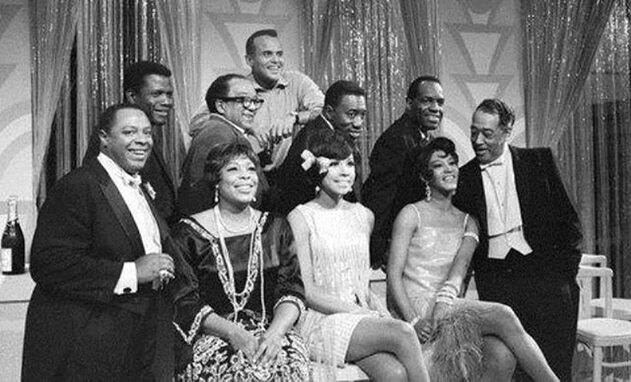 The Strolling 20s with Paula Kelly (1966), Top row, from left to right: comedian George Kirby, narrator Sidney Poitier, author Langdon Hughes, host Harry Belafonte, singer Joe Williams, comedian Nipsey Russell and musician Duke Ellington. Bottom row, left to right: singer Gloria Lynne, singer Diahann Carroll and dancer Paula Kelly. During the summer of 1966, Paula was a dancer on the Al Hirt TV Show, The Gene Kelly Show, The Sammy Davis Show, and she toured the U.S. as solo dancer with Harry Belafonte. As of January 1967, Ms. Kelly began the 16-week stage show run of Sweet Charity, playing the role of Helene, in Las Vegas at Cesar's Palace and in London. Life got even brighter when Kelly performed an innovative dance solo at the 41st Academy Awards for the nominated title song from Chitty Chitty Bang Bang (1968).
“It scared the wits out of me. I thought someone might be kidding. I hadn’t reached the movie-discovery stage yet. Then, all of a sudden, to be handed a contract by Universal’s London office giving me a co-starring part in such a picture as this – well, all I can say is Wow!” (5) During June 1969, Paula appeared in the theatrical play “Your Own Thing” on the stage of the Shubert Theater, Cincinnati and in August 1969, Paula showed off her dancer's body in the pages of Playboy magazine. The 1970s: In 1971, Paula appeared in the dramatic rendition of the Broadway play Ovid’s Metamorphoses. In 1972, she starred in the record-breaking west coast premiere of Don’t Bother Me, I Can’t Cope at the Mark Taper Forum, for which she was awarded the Los Angeles Drama Critics Circle Award, Variety, and the first of three NAACP Image Awards. In 1972, Paula and her family moved out to West Hollywood. In films, she appeared in The Andromeda Strain and afterwards, she provided the female interest in a series of fashionable, sassy, tough blaxploitation films, playing cool, happening chicks opposite action men in numerous films such as Trouble Man (1972), Cool Breeze (1972 ), and Top of the Heap ( 1972). She was also Leggy Peggy in the cult comedy Uptown Saturday Night (1974) with Sidney Poitier, Bill Cosby and Richard Pryor. . Throughout the 1970s, Paula was also active in television series such as Medical Center (1970), The Young Lawyers (1970), Sanford & Son (1973), The Streets of San Francisco (1975), Police Woman (1975-1977), The Richard Pryor Show (1977) and Good Times (1979). Paula continued her stage and television career into the 1980s in Sophisticated Ladies (1981), Trapper John, M.D. (1981), Chiefs (mini-series 1983), Hot Pursuit (1984) and Santa Barbara (1984) and Night Court (1984), for which she received her first Emmy nomination (best supporting actress). Paula Kelly starred with in the 1986 film feature Jo Jo Dancer, Your Life is Calling which was the semi-autographical story of Richard Pryor's life. Paula Kelly continued her television career in Uncle Tom's Cabin (1987), Golden Girls (1987), Mission Impossible (TV series 1989) and The Women of Brewster Place (1989), in which she portrayed one half of a lesbian couple (opposite Lonette McKee) struggling against homophobia in an inner city ghetto. She was nominated for a second Emmy for her role in The Women of Brewster Place. Sadly, on November 13, 1990, her husband Don Chaffey passed away due to heart disease.
Paula Kelly said in 1968: "The only time I feel complete expression is when I'm dancing." (6) Sources: (1) Date of birth, October 21, 1942, verified through Ancestry.com through the Lawton Family tree. (2) Asbury Park Press (New Jersey) January 30, 1969, Page 31 (3) Alabama Journal (Montgomery, Alabama) February 7, 1968, Page 6 - by Gail Cottman (4) Asbury Park Press (New Jersey) January 30, 1969, Page 31 (5) The Montreal Star (Montreal, Quebec, Canada) May 11, 1968, Page 141 - by Henry Casini (6) The Pittsburgh Courier, April 20, 1968, Page 13 - by Walter Burrell. Watch: The Life and Times of Paula Kelly
Peters was born George Gibson Fisher on July 2, 1927**, in Harlem, NY, in Harlem Hospital. His mother was Alma A. Norford, a native of St. Kitt in the West Indies, and she worked as a practical nurse. His father was a sailor named Sonnie Fisher of Senegal, Africa. He studied at the Sorbonne and came to New York to teach. Sadly, Sonnie Fisher died when his son was five years old (1932).
In 1937, Peters was admitted to the High School of Music and Art, where he studied classical singing (baritone), violin, drama, and music theory. He immediately signed up for several productions in its musical theater program. Peters (George Fisher) graduated from Music and Art in 1941, when he was about 14 years old.*
Peters attended but soon left City College of New York to tour with Anna Lucasta (starting at the Mansfield Theater). During the long Broadway, and then Chicago, Illinois (Civic Theater), run as the juvenile lead, Peters graduated from Chicago University with a degree in physical education (1944-1945).
Sometime during the 1950s (definite date not found), George Fisher formally changed his name to Brock Peters. The decision to do so was to change it to something a bit more memorable (suggested by his agent). The future African American entrepreneur Peter Brock was a childhood friend. Because he had always liked the name, Peters merely switched its order and presented the idea of ‘Brock Peters’ to his agent. In 1954, his fine bass-baritone voice was singled out for praise by critics, and producers eventually asked Peters to join Carmen's cast. His participation in the Otto Preminger production as Sargent Brown was also Peters' movie debut. Peters played Crown in the 1959 movie version of Porgy and Bess. During 1956, Peters sang background vocals on the 1956 hit "Day-O" by Harry Belafonte, as well as the Belafonte hit "Mama Look at Bubu." Peters expressed his singing talents in albums of his own in Sing'a Man (1959), Brock Peters at the Village Gate (1960), and Mysterious Instinct (1962) with Ray Barreto. In 1961, Brock Peters married Dolores 'DiDi' Daniels. She was a television producer and public relations consultant. Their daughter, Lisa Jo Peters, was born on November 3, 1962. During 1962, Tom Robinson's character in To Kill a Mockingbird, played by Peters, became one of his most notable roles. The movie revolved around the story of a black man falsely accused of raping a white girl. During 1969, Peters and his cast performed their cross-country tour in The Great White Hope in various cities throughout the U.S. The play's theme was about the first Black heavyweight boxing champion. Peters was the 1973 Tony Award nominee for Best Actor in a Musical for Kurt Wall and Maxwell Anderson's Lost in the Stars, in which he played Stephen Kumalo and sang the title song. Peters reprised his role in the 1974 screen version of Lost in the Stars.
Peters also wore the hat of film and T.V. producer. Under the banner of his production company, Delbro Enterprises, Peters produced the feature film "Five on the Black Hand Side" (1973) and the PBS documentary "This Far by Faith (1975). He also executive produced the PBS special "Voices of Our People" (1982), which won multiple Los Angeles Area Emmy Awards.
In 1989, Peters starred with actress Julie Harris in the theatrical version of Driving Miss Daisy during its national tour, and in 1990, Peters and Nancy Travis starred in My Children! My Africa! at the Los Angeles Theater Center. The Screen Actors Guild honored Brock Peters with a Life Achievement Award in 1990, citing his durability and versatility. Sadly, his wife of 31 years, Dolores Peters, passed away in 1990. Peters, who was diagnosed with pancreatic cancer in January 2005, had been receiving chemotherapy treatment, and his condition worsened months later. Peters died peaceably in bed, at 78 years old, surrounded by family on August 23, 2005, in Los Angeles, CA. He was survived by companion Marilyn Darby and daughter Lisa Jo Peters. A public memorial service was held at St. John's Episcopal Church in Los Angeles. Peters' community involvement is legendary. He was chairman of Dance Theatre of Harlem, a member of Free Southern Theatre, and on the creative board of Third World Cinema. He was the former chairman of the California State Arts Commission; on the boards of KCET-TV, the Performing Arts Council of the Music Center, the L.A. Task Force for Africa and L.A. Relations, the Congressional Black Caucus' Communications Task Force, the Sassoon Foundation, the National Urban League Guild, and the National Foundation for Advancement in the Arts; and Chairman of the Brotherhood Crusade Black United Fund.
*I found several sources stating that Brock Peters (George Fisher) graduated from the High School of Music and Art, but I could find no trace of him in the spring or winter yearbooks of 1941. The Alumni and Friends of LaGuardia High School website list Brock Peters as a Notable Alumni, but there is no graduation year attached. Lloyd A. Green **I based Mr. Peters' date of birth on data gathered across many web information that consistently states that he was born on July 2, 1927. After a comment on this article from Ms. Judy Naimark (see 1/15/21 comment), I checked Ancestry.com and found the following: 1. A draft card belonging to George Gibson Fisher (Brock Peters) with the date of birth July 2, 1922 2. A notation from the Social Security Applications and Claims Index: Name: George Gibson Fisher[Brock Peters] Gender: Male Race: Black Birth Date: 2 Jul 1922 Birth Place: New York, New York[New York, New York] Death Date: 23 Aug 2005 Father: Sonnie Fisher Mother: Alma A Norford SSN: --- -- ---- Notes: Sep 1939: Name listed as GEORGE GIBSON FISHER; Feb 1962: Name listed as BROCK PETERS With this updated information, Mr. Peters was likely born five years before the general information (including mine), which states that he was born in 1927. In other words, Ms. Naimark is correct that his date of birth was incorrect. Mr. Peters probably graduated from M&A at age eighteen in 1940 or 1941. As written before, no definite proof of his graduation from the High School of Music and Art can so far be located. Bernard Safran was a well-known artist who was part of the High School of Music and Art's first graduating class. He's best known for his realistic Time Magazine portraits and scenes from life in New York and Canada. Bernard Safran was born on June 3, 1924, in Bensonhurst, Brooklyn, NY. His parents were Russian Jewish immigrants. His childhood memories were full of colorful surroundings (gangsters, pushcarts, fighting boys, and five-cent matinees) and left him with an appreciation for the working people's everyday lives.
This exercise inspired Safran toward a life-long fascination in the human condition, and while in high school, Safran decided that he wanted to be an illustrator. Safran graduated Music and Art in the Spring with the class in 1940. Safran stated about his time at Music and Art: "My years at HSMA were among my happiest … What I learned there gave me a sound basis for my future work. In addition, I received a love of good music, which I am grateful for." ** Safran began his time at Pratt Institute Art School in 1940 to study illustration. Two important events occurred while there: Safran met his future wife Adele, who was also an artist and he became inspired by the works of Henri-de Toulouse-Lautrec. Safran saw him as a fantastic colorist whose lively depictions of people were not sugar-coated but were unapologetically honest. Before Safran could finish his studies at Pratt, Safran received notification in December 1942 that the military drafted him into the US Armed Forces. And in the Spring of 1943, he was called up for service and went into basic training. Safran spent the next three years (1943 to 1945) in the military. He served in the US Army Corps of Engineers in China, Burma, and India. At the end of the War (1945), Safran returned to Pratt for six months. He found going to school less than exciting, and though he could have continued further study, he decided to try to be a freelance illustrator. After graduating, he began work as a commercial illustrator, freelancing as a book-jacket illustrator for mystery and western novels. Safran found ways to cut costs because hiring models could be more expensive than the actual book cover job price. He learned discipline in getting jobs done expertly and efficiently. It became more economical to use his wife Adele, himself, friends, and relatives for models. Adele was also working in the field (as an artist), but she decided that he could concentrate on illustration if she became his agent. She went out each day to do the rounds of New York City's many publishing houses -- arranging for assignments, dropping off completed artwork, and collecting payments. She did this until the birth of their first child in 1955. Examples of Safran's illustrations During the mid-1950s, although Safran was regularly working, the pay was less than adequate, and the work was unsatisfying. Safran decided to pursue a career as a fine artist. During 1956, Safran took off work for six months to study the Metropolitan Museum of Art's masterpieces in New York City. His objective was to reconstitute the works of the masters (Rubens, Velasquez, Rembrandt, and Holbein). About this, Safran stated: "I found that aside from learning the methods of the painters, the proximity with the greats helped me immeasurably in every way. It improved my taste, improved my drawing and conception of form, and the way that I used color." * During 1957, Safran noticed that Time Magazine was occasionally using fine artists on their covers. He painted a portrait with a non-objective background using his newly found knowledge. Safran submitted his work to Time Magazine, and they accepted it. Over the next few years, Safran produced 58 inspiring portraits, which shined on the covers of the magazine (Safran also created 15 more portraits, which were not used). By 1965, Safran had been working for Time Magazine for almost nine years. He decided to try to be a painter full time. He was 41 years old and felt it was rather late to start, but knew that he never would if he didn't do it. Safran had learned as an illustrator how to use photographs as reference material. It later became a point of contention with those who felt working from photos in a realist manner reduced the quality of his art to illustration - for this, he thought he had to explain: "Anyone can take a photograph and copy it, but it doesn't make him an artist. It is a tool and a convenience and he (the artist) uses it. To use a photograph properly is something that must be learned after the artist has learned his business and not before. This means that the artist has to be able to see in the photograph what he would see in a model. Without going into a discussion on how to draw the figure, it simply is a realization of how the edges turn, where the planes are, and how the figure articulates." From the thousands of photographic images, Safran culled ideas to create more than 40 oil paintings of Manhattan. Although gritty, these works share an underlying optimism. Individuals are shown as shaped, even broken, by the city, but they retain an unmistakable dignity and humanity. In January 1973, Safran and his family moved to New Brunswick, Canada, where he continued his work. Four years later, he and his family became Canadian citizens. On April 19, 1980, Stephen Kimber of The Gazette (Montreal, Canada) did an article on the life and times of Bernard Safran (click the picture to read the full article). Safran moved with his family to a farmhouse in a remote part of eastern Canada. For more than a decade, he created paintings of working life in rural Canada. Safran died of a heart attack on October 14, 1995 (age 71) at his home in Moncton, New Brunswick, Canada. He was survived by his wife, Adele, two daughters (Elizabeth and Barbara), four grandchildren, and many beautiful masterpieces. Bernard Safran said this about his art: "Personally I feel that painting is a means of saying something poetic and philosophical. There has been too much negativism; I want to emphasize the positive qualities in everyday life - the courage, the sacrifice, the honesty, the independence." Footnotes: * My Career in New York – Bernard Safran https://myartsyodyssey.wordpress.com/2016/03/30/my-career-in-new-york-bernard-safran/ ** Accent On Talent, New York’s High School of Music and Art by Benjamin M. Steigman, 1964 by Wayne State University Press, pg. 326.
During the 60s, I found a magazine which could take the seriousness in life in stride. Little did I know that the person responsible for making me laugh and smile was also a graduate of Music and Art high school. I guess that's why I could so easily identify with his type of humor.
Harvey Kurtzman, was a cartoonist and editor who became famous because of his satire and parody of popular culture and the detailed research he'd put into each of his stories. Most people know him for his work in MAD magazine and the Playboy cartoon strip, Little Annie Fannie.
Harvey Kutzman was born October 3, 1924 and lived on 428 E. 98th Street, in Brooklyn New York. He was the son of David Kurtzman and Edith (Sherman) Kurtzman and had an older brother named Zachary. When Harvey's father died on November 29, 1928, the family fell on hard times. Edith married Abraham Perkes who worked in the printing industry as an engraver. In 1934, the family moved to the Bronx and lived at 2166 Clinton Avenue.
Harvey skipped a grade while in grade school and began to show artistic talents early. His stepfather took his sons to museums and Harvey's mother enrolled him in formal art instructions in Manhattan. He happily took the subway every Saturday. Harvey was fascinated by the new thing called "comic books" and also followed the newspaper comic strips of the day. At age 14, Harvey won a cartooning contest for which he received a dollar and his cartoon was published in Tip Top Comics #36 (April 1936). After winning the John Wanamaker Art contest, Harvey received a scholarship to attend The High School of Music and Art. Future colleagues Will Elder, Al Feldstein, Al Jaffe, John Severin and Charles Stern also attended Music & Art.
After disappointments and odd jobs, Kurtzman's first published work was part of issue #5 (September 1942) of Gilberton's Classic Comics, which featured an adaptation of Moby Dick. He produced a large amount of undistinguished work until he was drafted in 1943 for service in World War II. During that time Kurtzman illustrated instruction manuals, posters, flyers, and contributed cartoons to camp newspapers, and newsletters.
In early 1946, while at a Music & Art reunion, Kurtzman met Adele Hasan, who was a staff member at Timely Comics (later to become Marvel Comics). Adele thoroughly believed in Harvey and his work and helped him as much as possible. After dating for a while she dropped out of college and the two married that September (1946). Kurtzman got together with former Music & Art alumni Will Elder and Charles Stern and opened Charles William Harvey Studio in 1947. Kurtzman continued to work for several different organizations and by 1949, he produced work for EC Comics (Entertainment Comics). The spring of 1950, EC's "New Trend" line of horror, fantasy, and science fiction comics began, and Kurtzman contributed stories in these genres.
Out of a need to gain more income, MAD magazine was created (formerly titled Tales Calculated To Drive You Mad). It was inspired by the irreverent humor found in the college humor magazines of the day. Issue #1 debuted in August 1952. Around July 1955, Kurtzman introduced Mad's gap-toothed mascot and his slogan, "What, me worry?", whom editor Al Feldstein later named Alfred E. Neuman.
Kurtzman approached Hefner in 1960 with the idea of a comic strip feature for Playboy that would star a character named Goodman Beaver. Kurtzman's proposal was accepted under the condition that Goodman Beaver be transformed into a voluptuous female and Little Annie Fanny was born. As his primary collaborator, Kurtzman brought on Will Elder. With creative artwork and baffling storylines, Little Annie Fanny always found herself in situations where there was the need for her to remove her clothing. The team of Harvey Kurtzman and Will Elder crafted these ever-humorous stories for decades. The series was so successful that it was Kurtzman's main source of income until the last panel was drawn (1988).
Through the 60s and early 70s, Kurtzman was involved in co-scripting an animated film and designing short animated pieces for Sesame Street and one called Boat. In 1973, Kurtzman accepted a teaching position at New York's School of Visual Arts. The classes were called Sequential Art and Satirical Cartooning. During the 1970's, Kurtzman became increasingly well-known in the comic industry. He found he had a following in Europe and many of his works were republished. In 1973 the European Academy of Comic Book Art awarded him its Lifetime Achievement Award for 1972. Kurtzman toured and gave speeches frequently to fans in the 1980s.
Late in his life, Kurtzman suffered from Parkinson's disease and colon cancer. He died in Mount Vernon, New York on February 21, 1993 (age 68). Cartoonist Jules Feiffer stated that, "Cartooning had lost its Orson Wells."
According to a Daily News article, on May 13, 1970, there was a disturbance at the High School of Music & Art, that might have been caused by Performing Arts students. The Castle was closed early because of it. (I've retyped the section of the article concerning M&A so it can be easily read).
Augusta Made a Theme
Officials at Thomas Jefferson High School at Pennsylvania and Dumont Aves., closed the building after “student demonstrations started to get out of hand,” according to reports to the Board of Education. Earlier, about 1,000 students had conducted a peaceful assembly program to discuss the riots in Augusta, Ga., where six black men died.
The High School of Music and Art, at Convent Ave. and 135th St., was closed at 10:30 after about 250 students from the School for Performing Arts, 120 W. 46th St., invaded the building and began pushing teachers and students. School system officials could not say whether or not the incident was related to the anti-war demonstrations.
The rest of the article talks about disruptions at George Washington High School in Washington Heights, student suspensions and Board of Education compromises.
I attended M&A from 1968 through 1971 but I hadn't heard about P.A. coming to the school. Do you know anything about this event?
I came across a couple of newspaper articles about hot-topic events, which occurred while I was at M&A. I decided to share them because others must have a lot more information about these situations than what's in the article. I'm looking forward to the opinions and photographs concerning these exciting and nerve-wrecking happenings.
DAILY NEWS Newspaper - Wednesday, June 4, 1969
DAILY NEWS Newspaper - Saturday, June 7, 1969
Angered by their principal's refusal to promise them amnesty in all future demonstrations, 150 of the 2,000 students at the High School of Music and Art seized the school cafeteria again yesterday.
Were you there during either event? Were you at both? What did you hear?
Carole Bayer Sager is best known as an extremely prolific lyricist, singer, songwriter, painter and New York Times best-selling author. She has earned gold and platinum records for her songs written for artists such as Michael Jackson, Barbra Streisand, Andrea Bocelli, Celine Dion, Whitney Houston, Neil Diamond, Carly Simon, and a long list of other well-known stars.
She was born Carol Bayer on March 8, 1947 to Eli Bayer and Anita Nathan Bayer and they lived in Manhattan, New York in an apartment on West 58th Street. Carol grew up listening to her father playing classical music on the piano by ear (with one finger), along with her mother's love for the records of all the top musicals. By nine years old, Carol began rewriting the lyrics to familiar songs and soon came to the decision that she wanted to be a song writer. Her piano teacher, who had recorded a hit song of his own, was instrumental in building her confidence and she became proficient at the piano.
Using the connection of her piano teacher, who knew a publisher in the nearby Brill building on Broadway, the two sixteen year olds were determined that the world would hear their work. It wasn't until after Carol and Sherry graduated from M&A (June 1961) that they signed their first contract to be paid songwriters. Unfortunately, by the second year in college (NYU), they had not written a hit song. By late 1963, Sherry was getting married and giving up writing. Carol was now in search of a new writing partner and things began to change. By 1965, 'Carol' decided to change her first name to 'Carole' and she teamed up with songwriter Toni Wine and together they wrote "A Groovy Kind of Love" for the group The Mindbenders. The song soon reached number two in the UK, and did the same in the United States when it was released a year later.
During the '70s: Carole married record-producer Andrew Sager (m. 1970 - 1978). A few of her songwriting collaborations created the songs When I Need You (sung by Leo Sayers), Don't Cry Out Loud (sung by Melissa Manchester), Nobody Does It Better (sung by Carly Simon), It's My Turn (sung by Diana Ross) and Thru The Eyes of Love (again by Melissa Manchester).
During the '80's, Carole married composer and pianist Burt Bacharach (m. 1982 - 1991). They also have a son who was born December 1985. Carole and Burt's combined talent produced multiple hits. They won the Academy Award for Best Original Song for Arthur's Theme (Best That You Can Do), which was the theme song from the movie Arthur.
Also in the '80s, they wrote On My Own (sung by Patti LaBelle and Michael McDonald) and That's What Friends Are For, which they received the Grammy Award for Song of the Year (sung by Dionne Warwick, Stevie Wonder, Gladys Knight and Elton John).
During the '90's: In June 1996, Carole married Robert Daly, chairman of the American Film Institute. She and her husband currently live in Los Angeles. In 1999, along with David Foster, she wrote the song The Prayer (sung by Celine Dion and Andrea Bocelli).
Carole is also a gifted painter. Her first solo art show was held on March 2011 at the Arthouse in Los Angeles. All of these works are oil paint on linen. The theme is not how food looks but how it makes you feel. Needless to say, you shouldn't go to the exhibit hungry.
Oct 18, 2016, was the release of Carole Bayer Sager's book: They’re Playing Our Song: A Memoir. Steve Martin describes it as “a delightful and funny tell-all crammed with famous names and famous songs.”
|
Time To SmileLittle known facts about M&A and its students Archives
January 2024
Categories
All
|
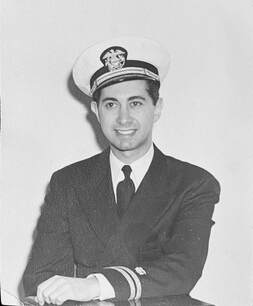
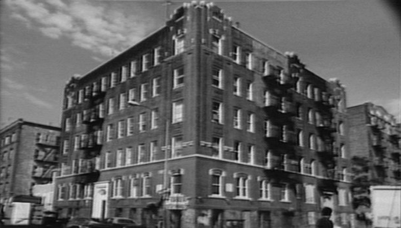
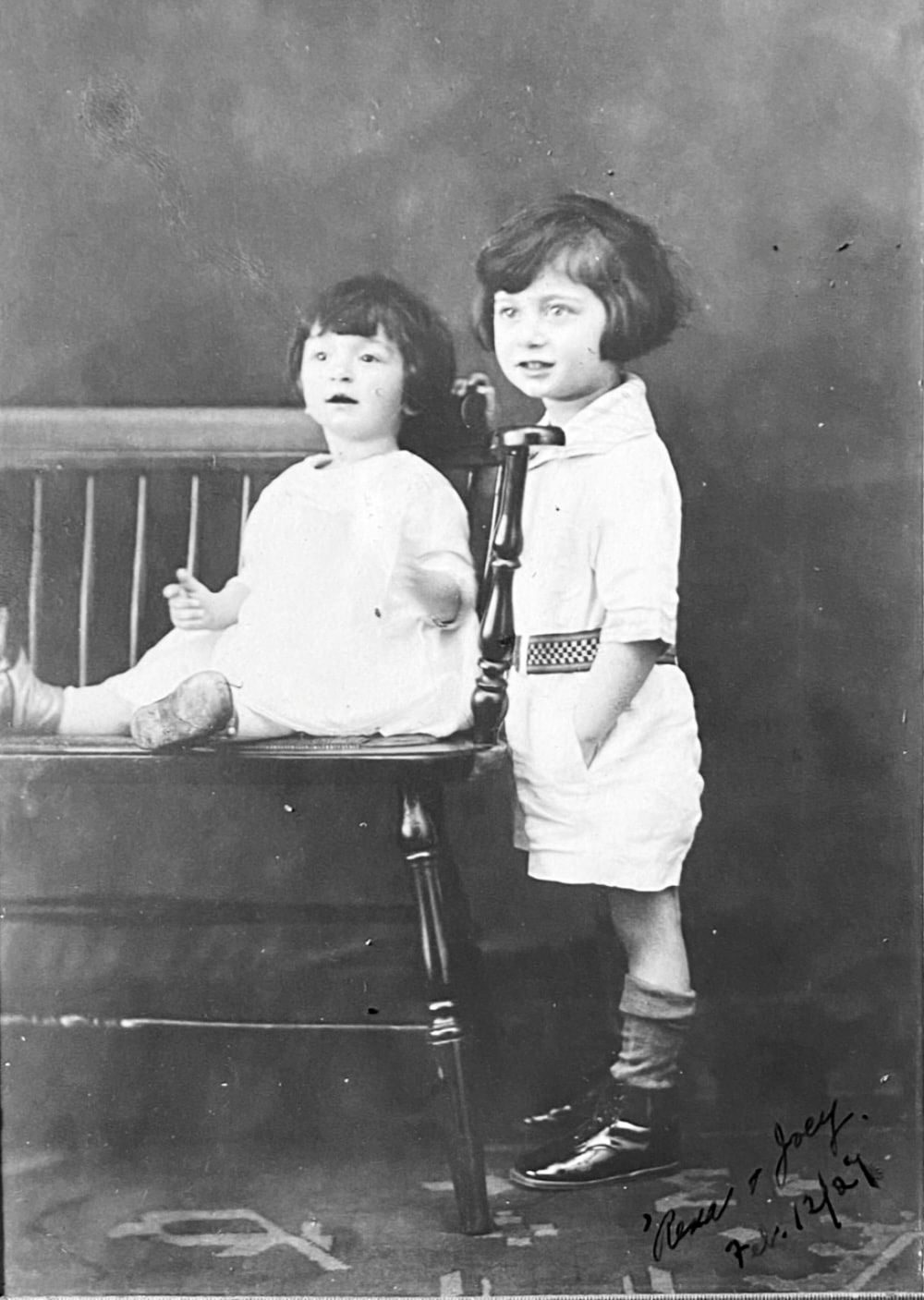
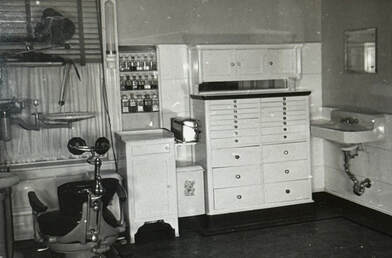
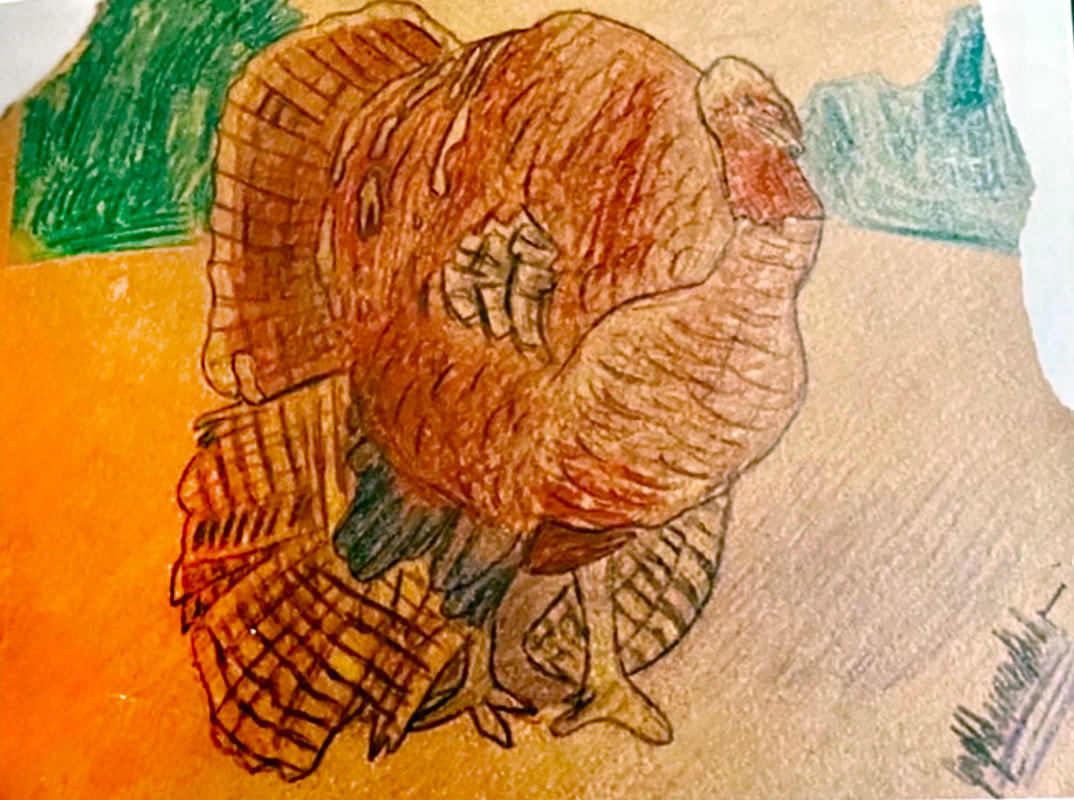
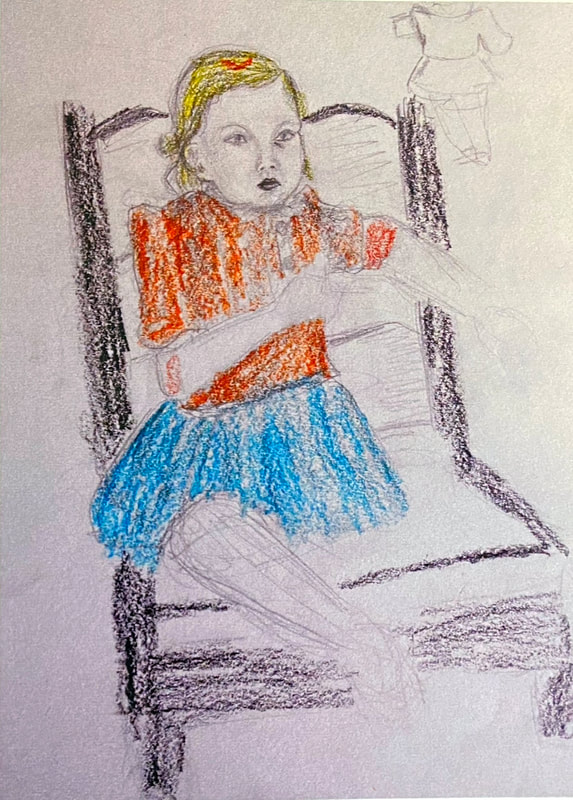
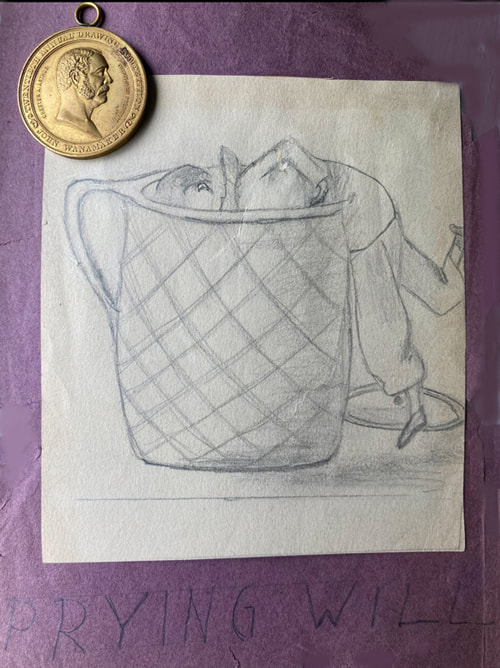
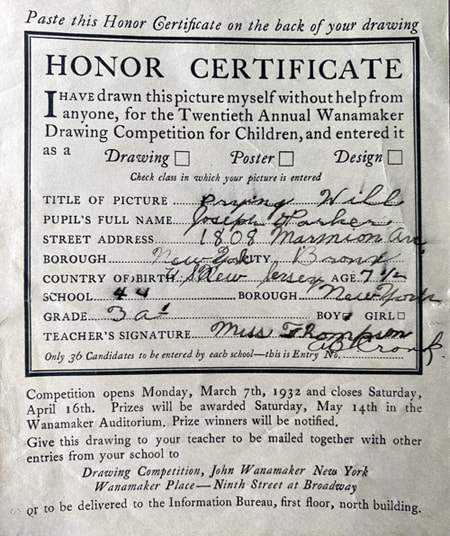
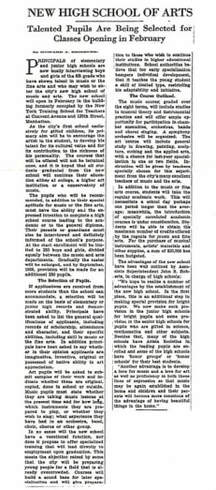
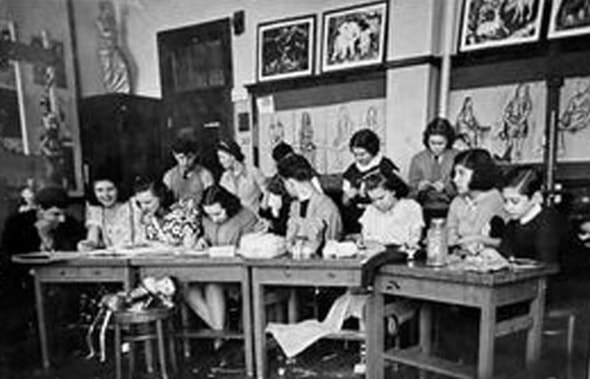
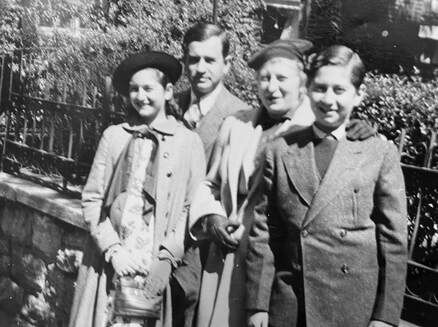
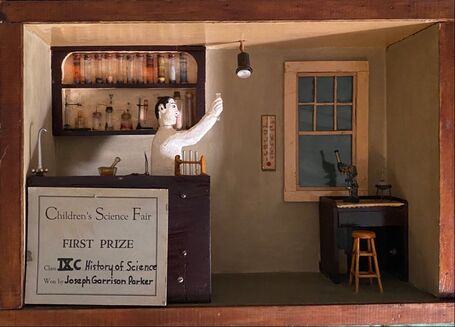
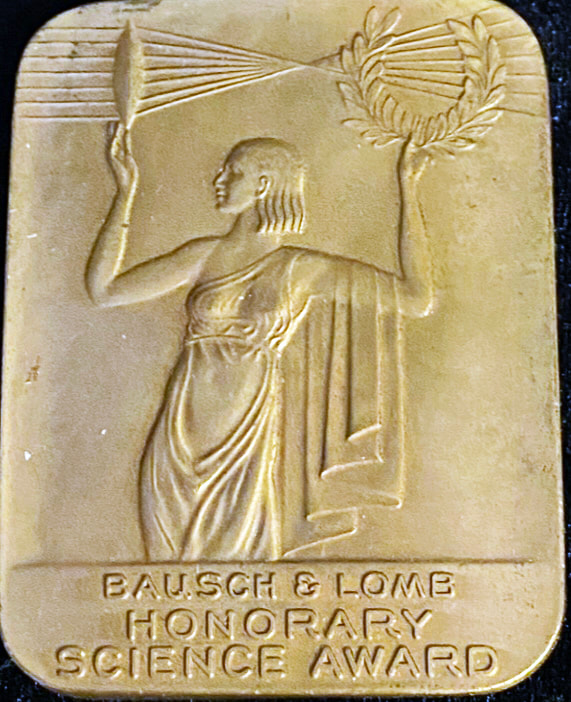
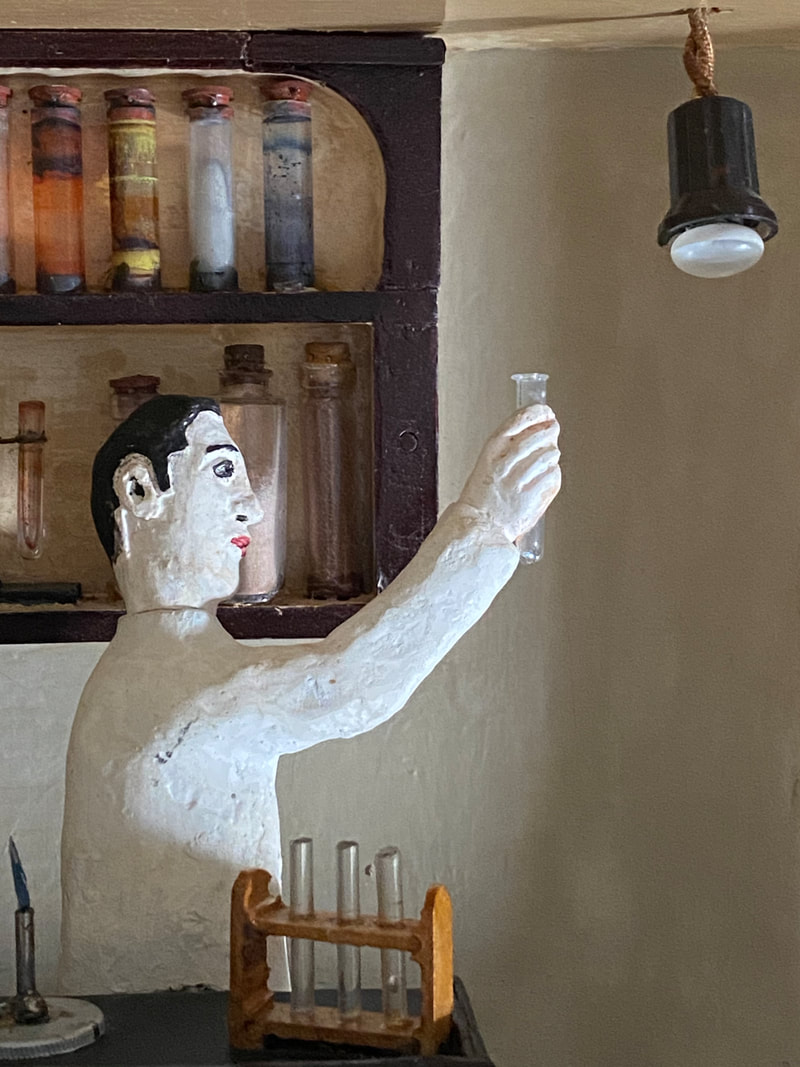
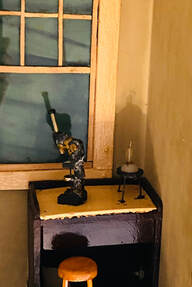
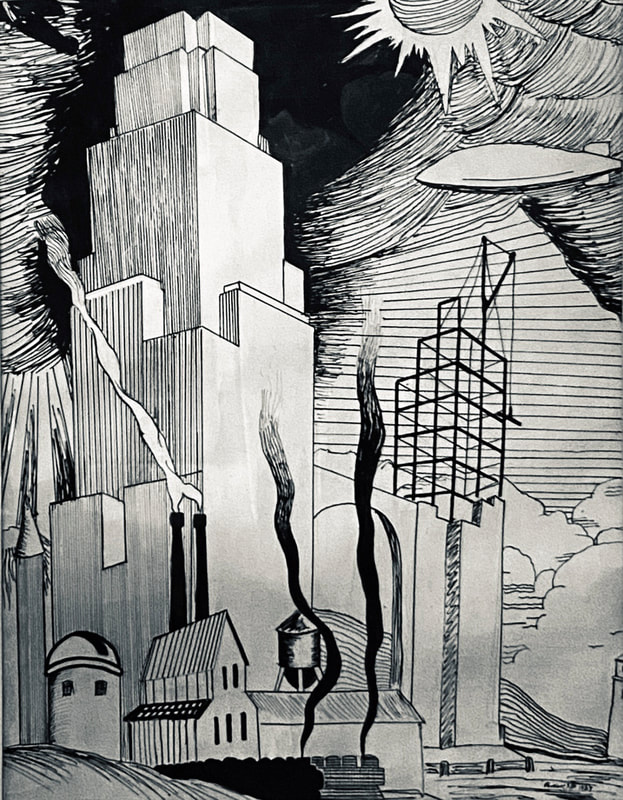
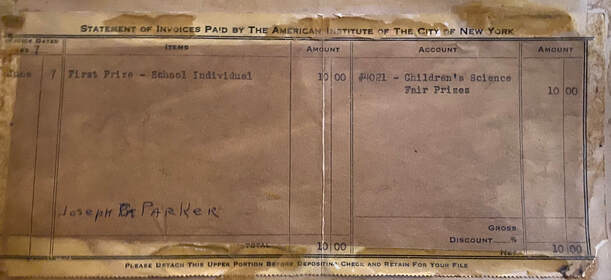
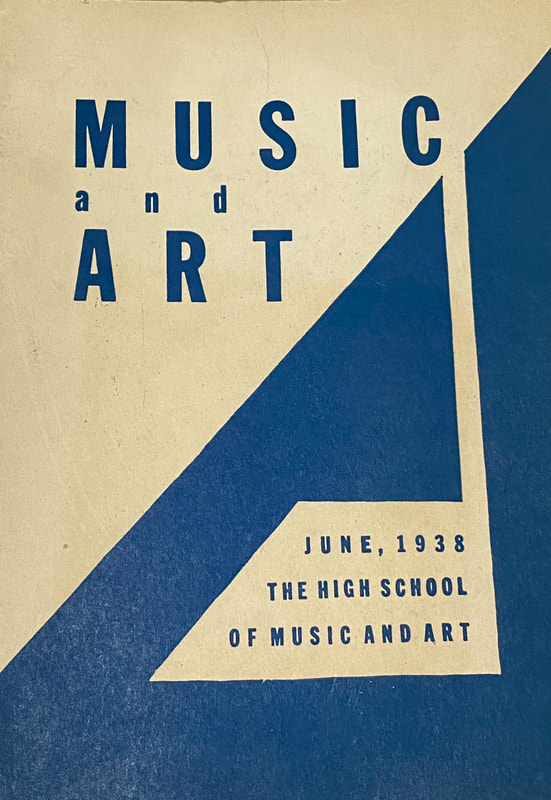
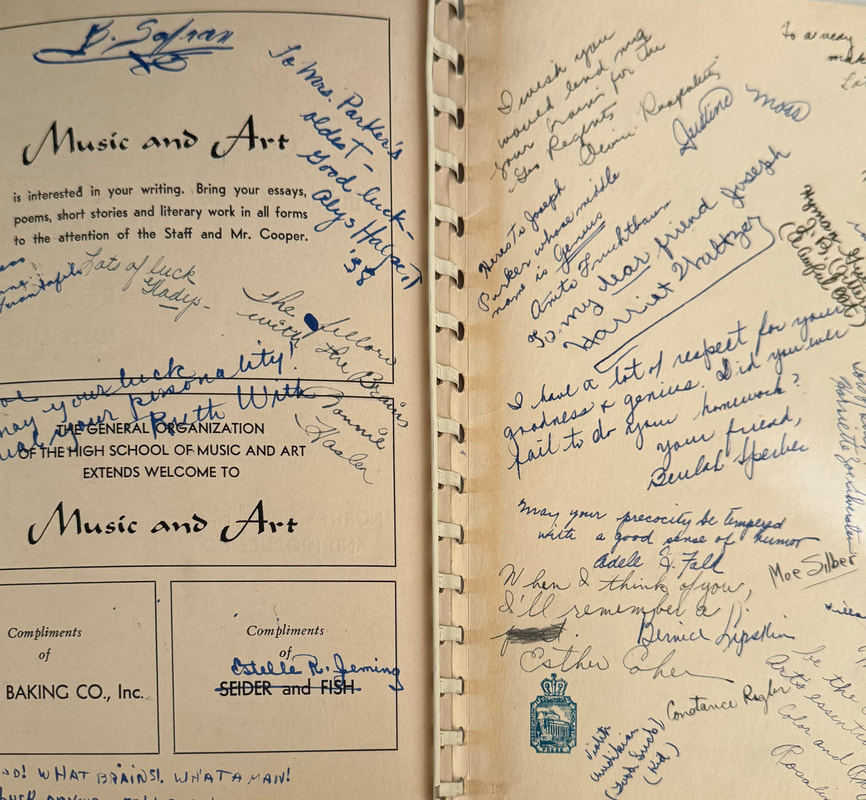
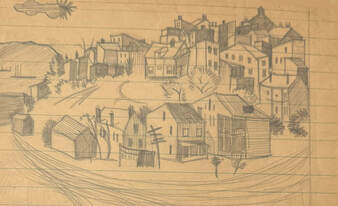
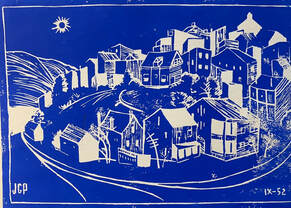
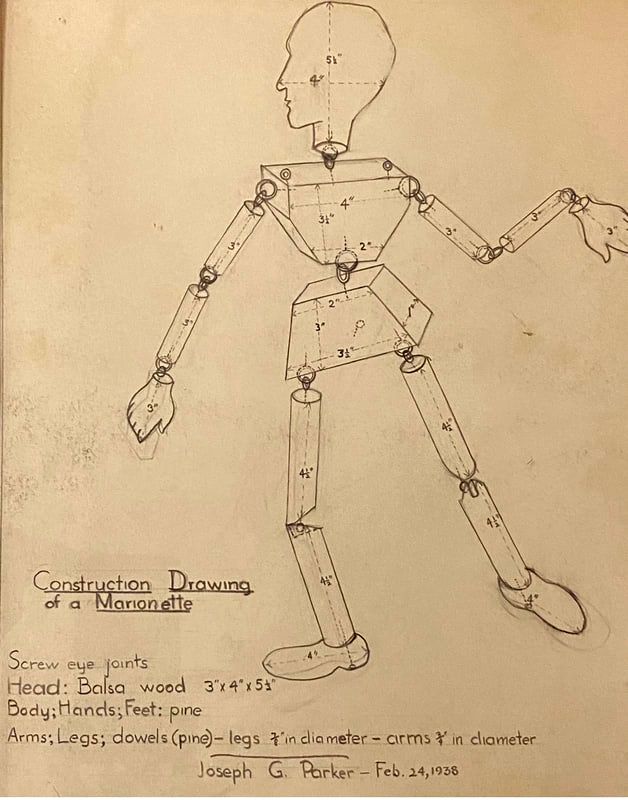
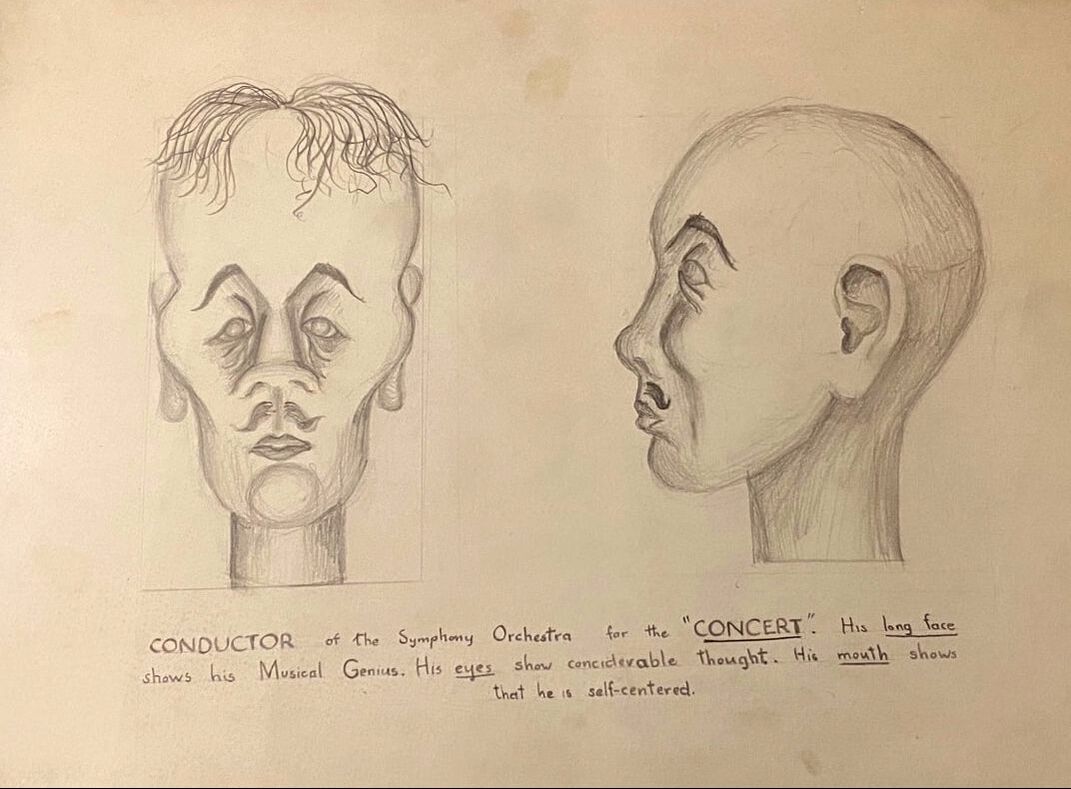
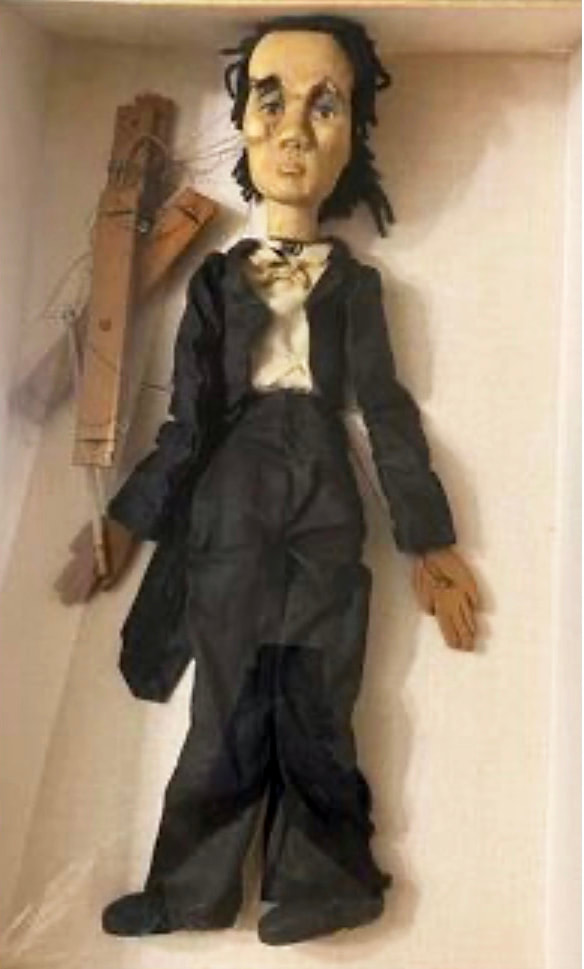
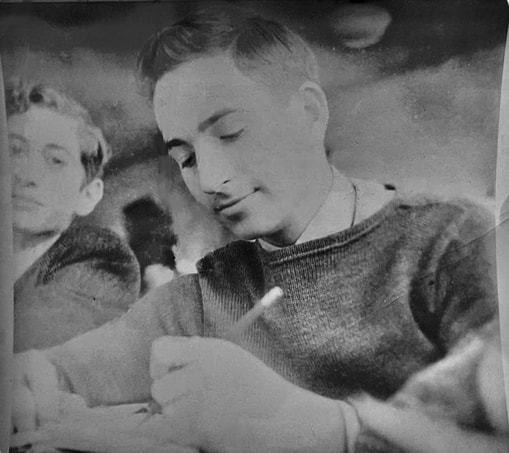
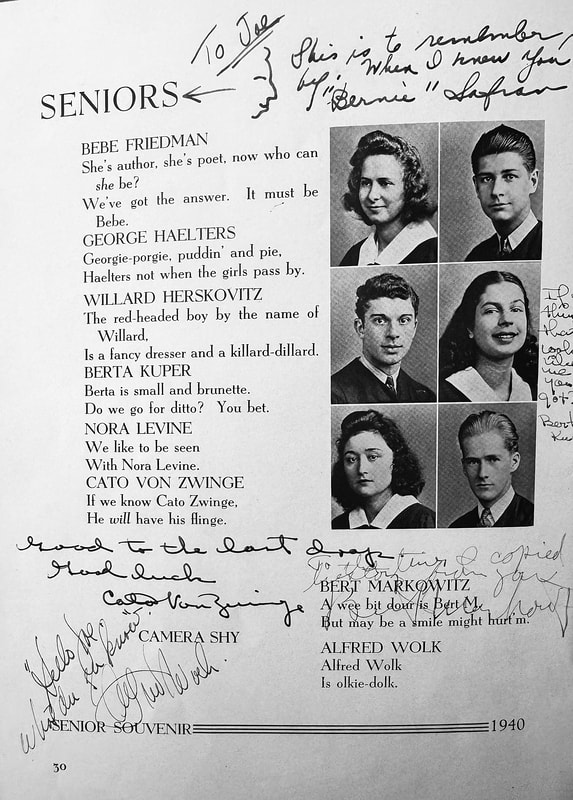

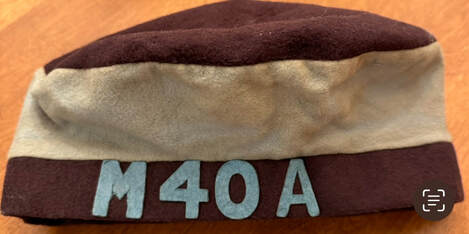
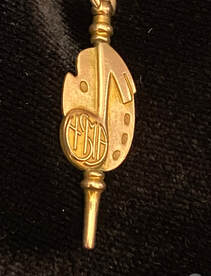
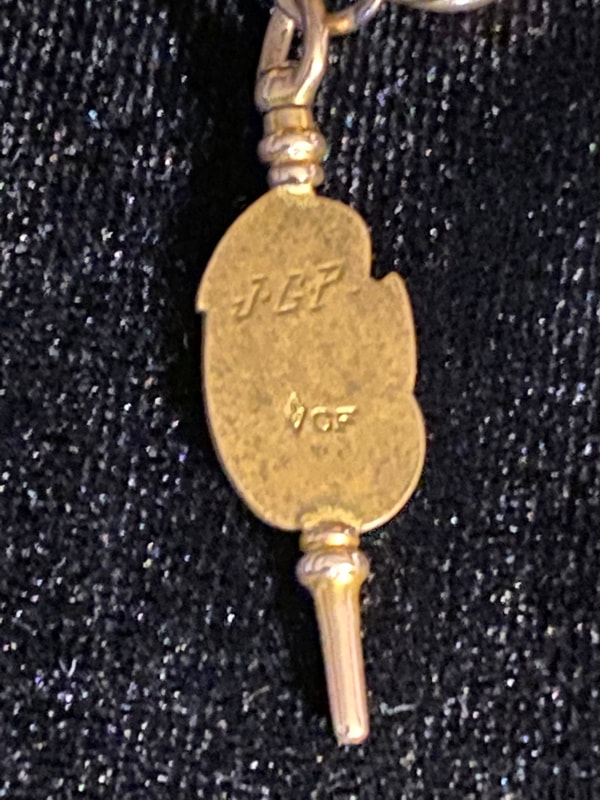
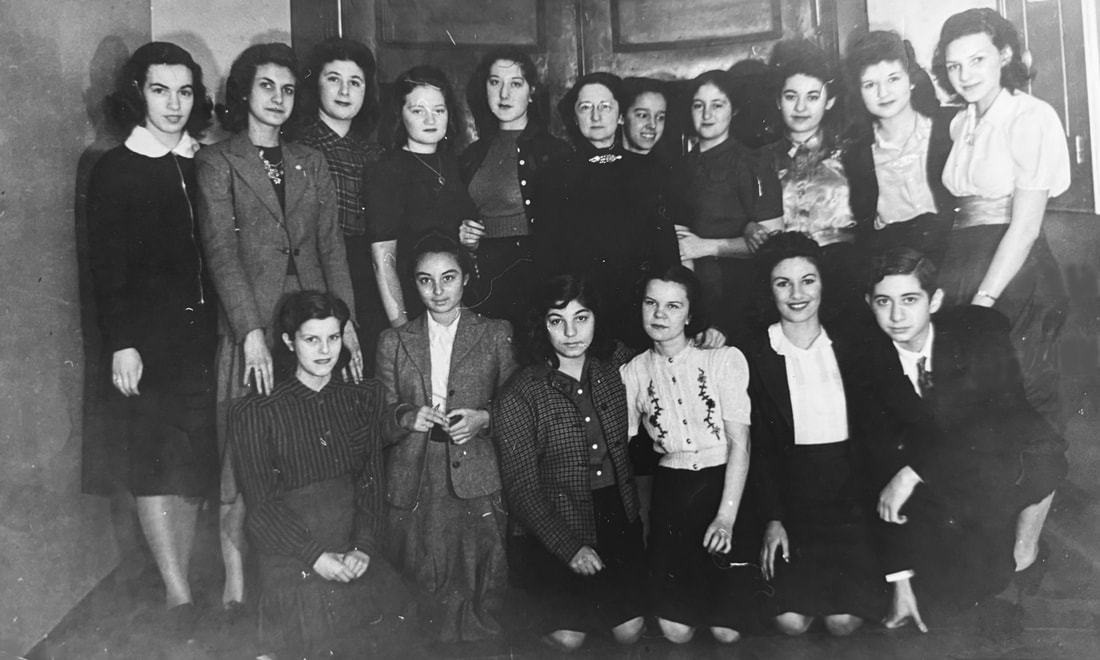
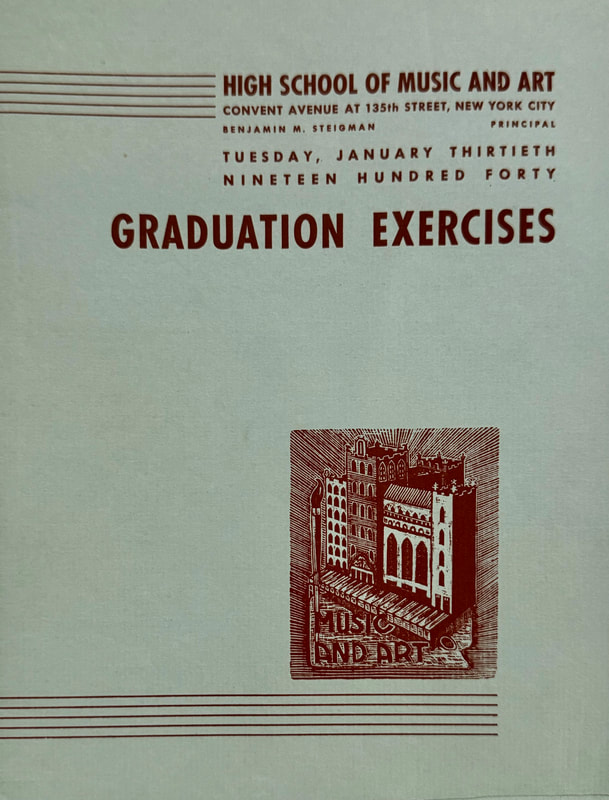
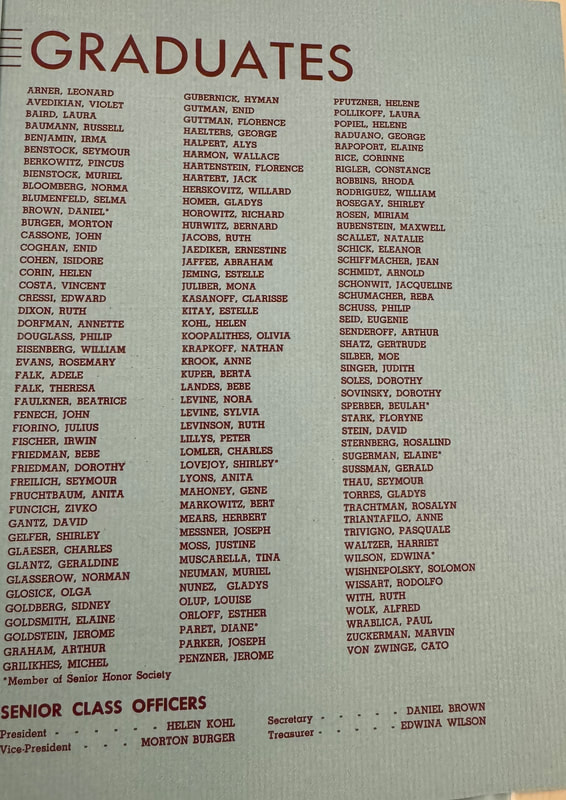
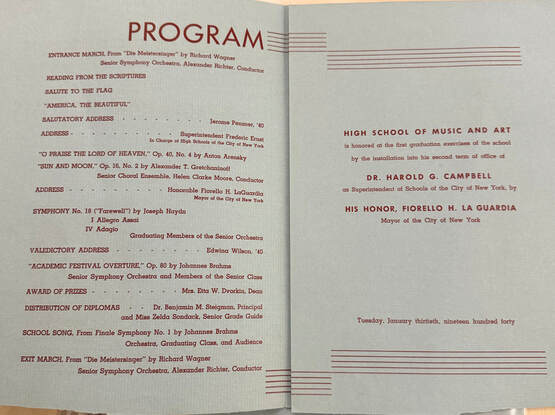
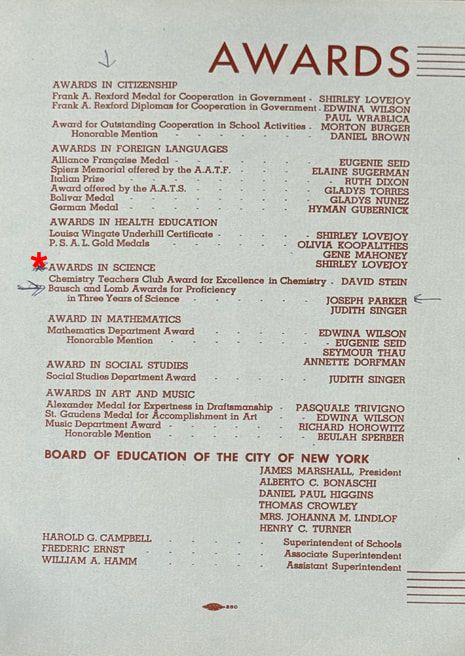

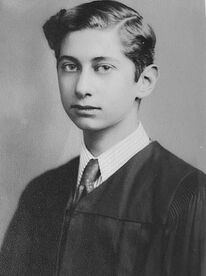
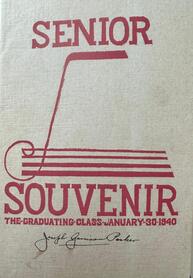
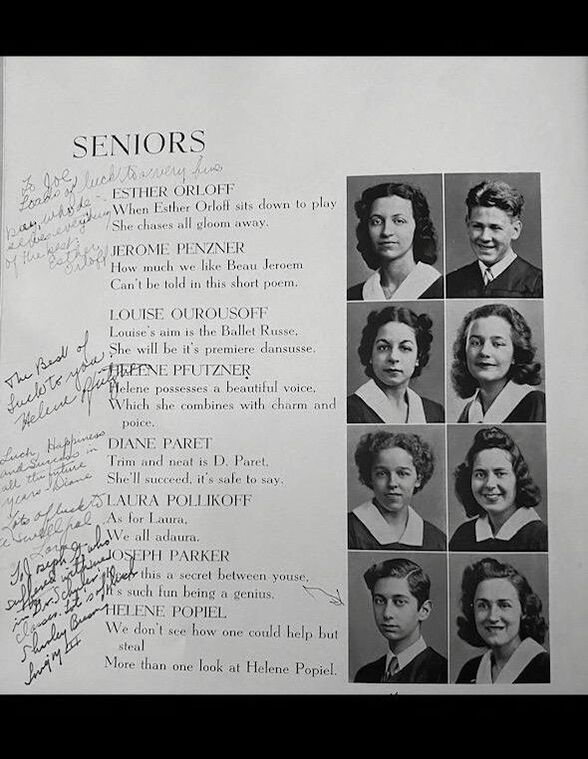
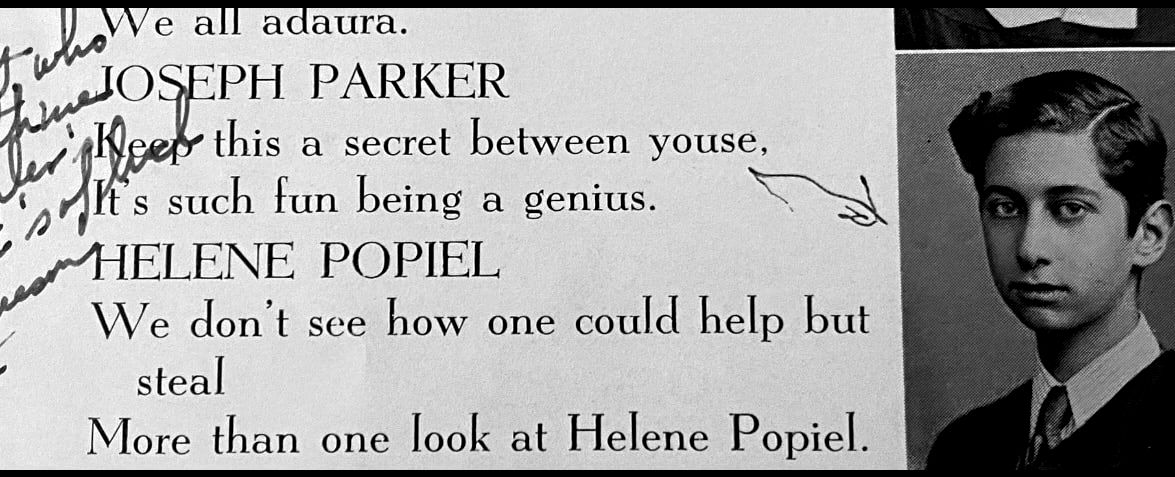
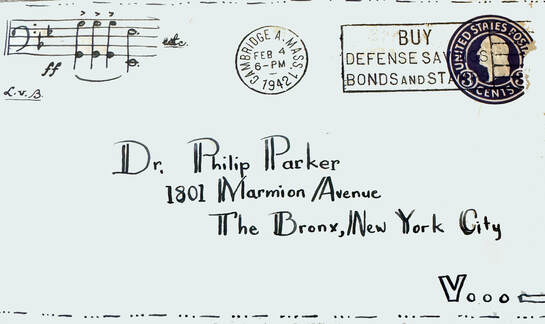
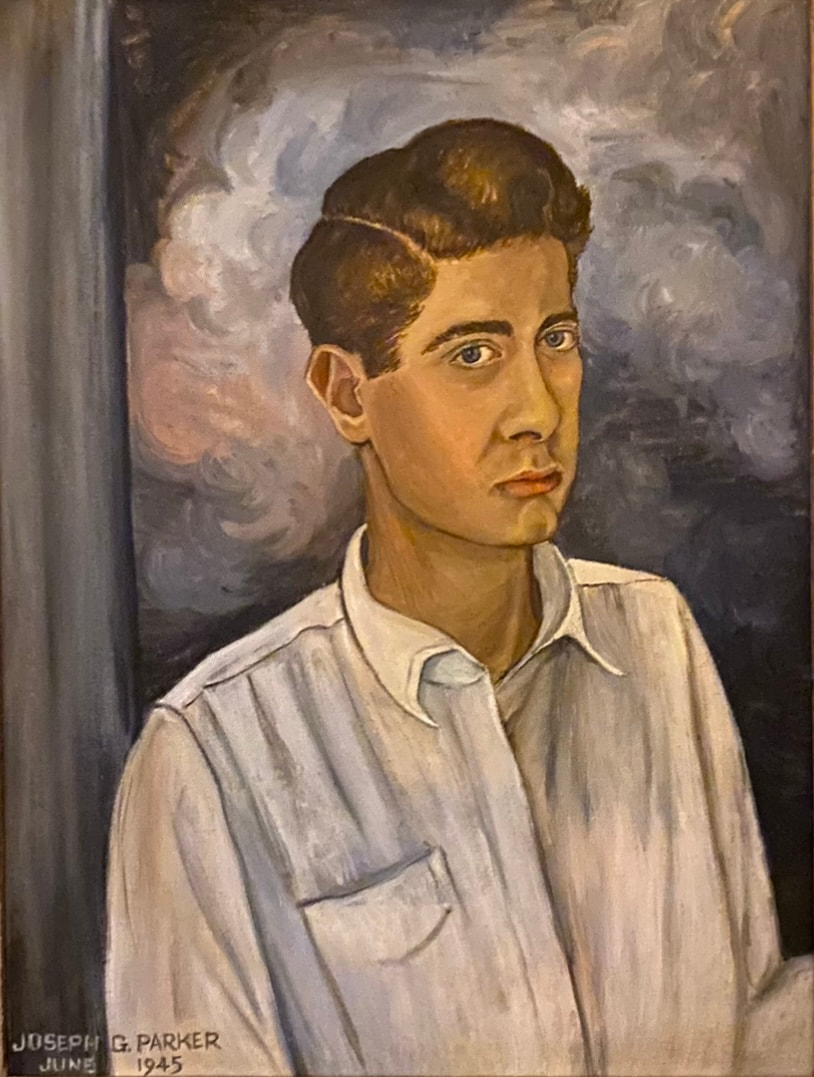
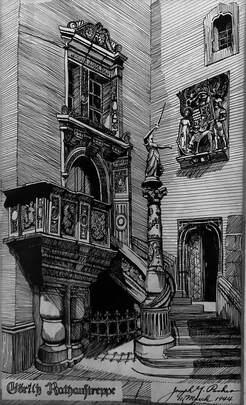
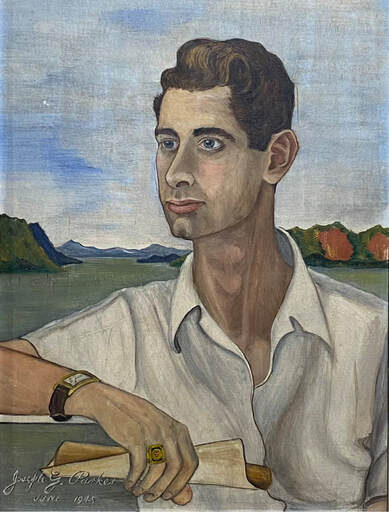
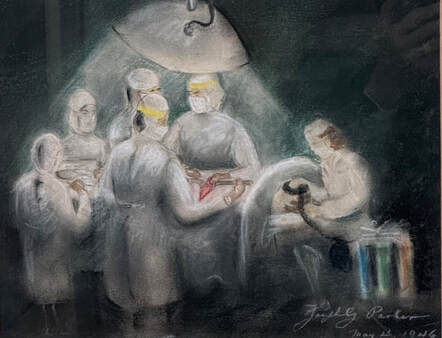
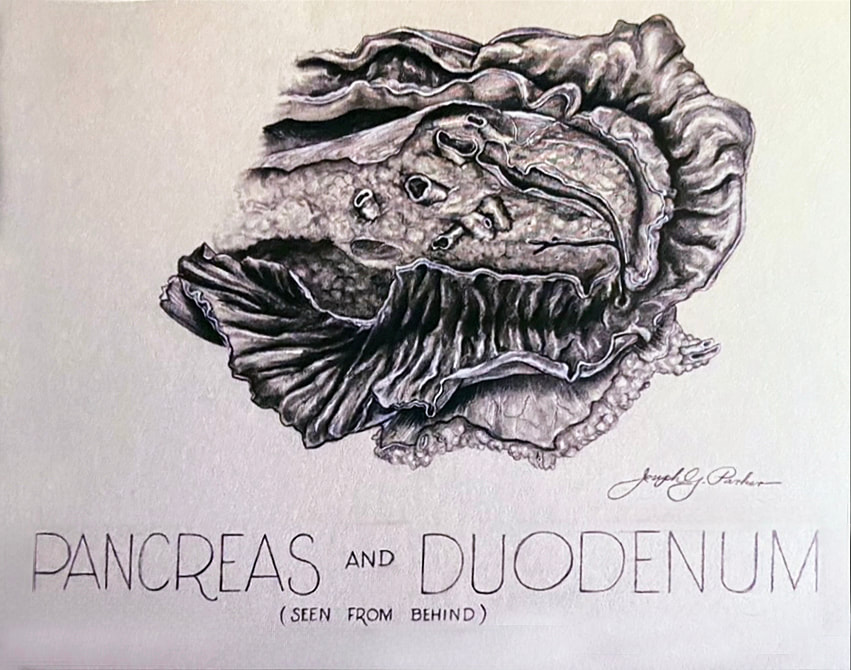
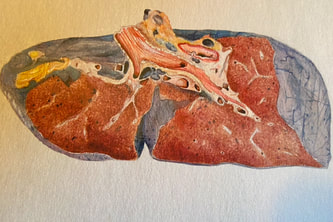
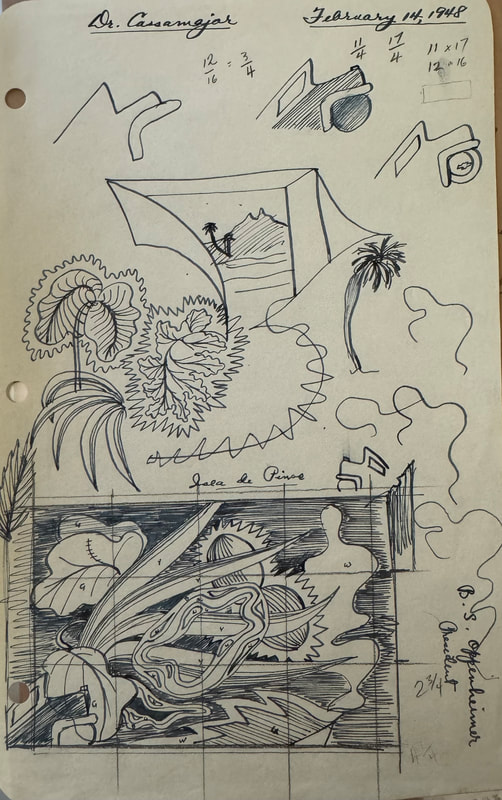
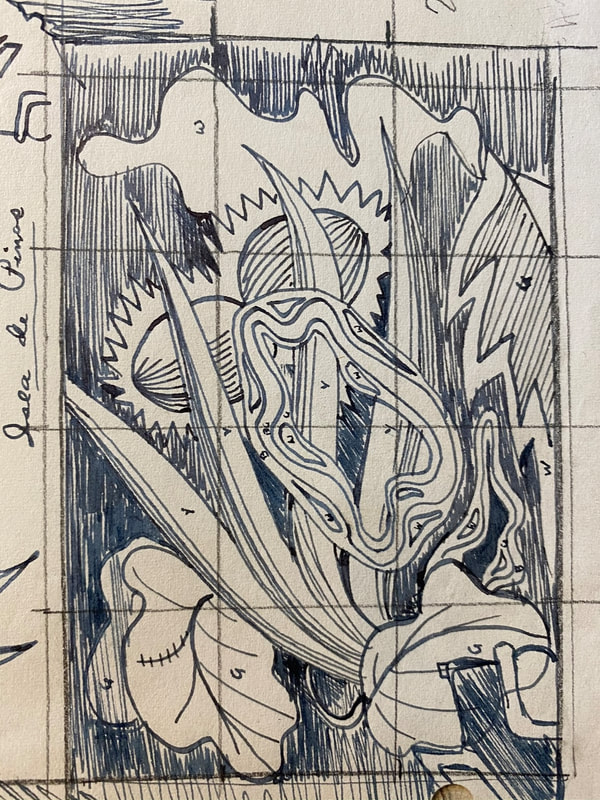
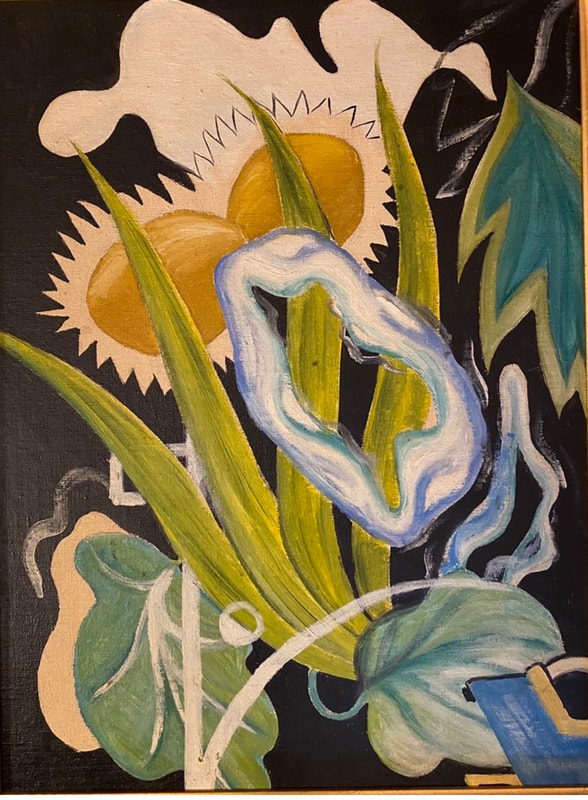
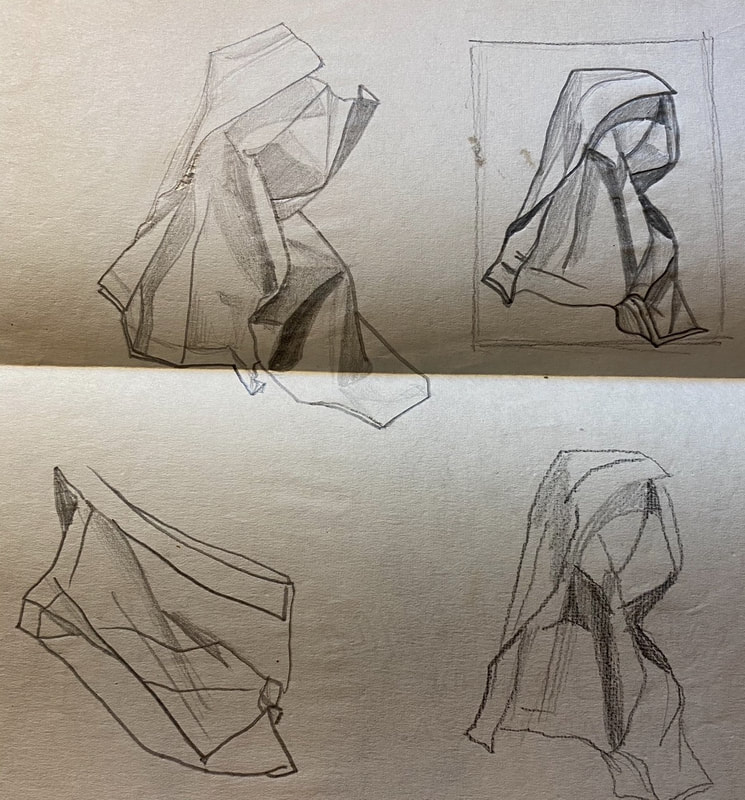
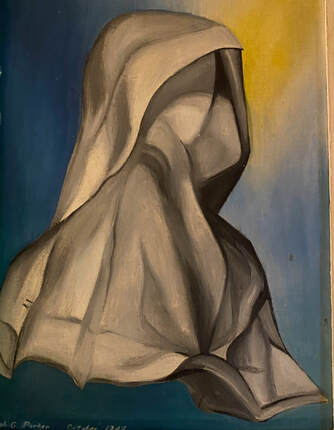
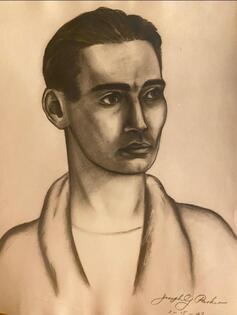
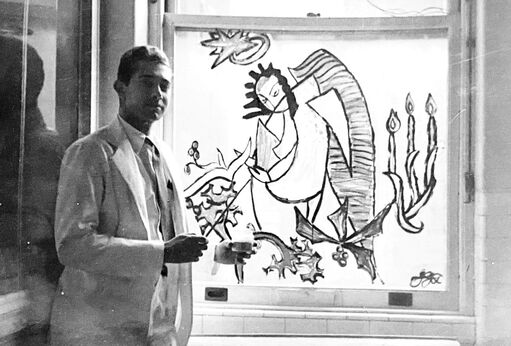
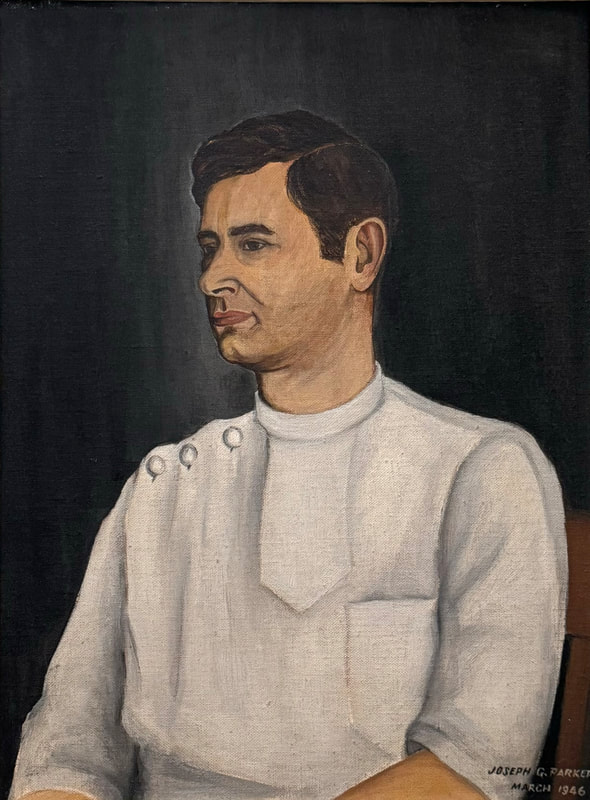
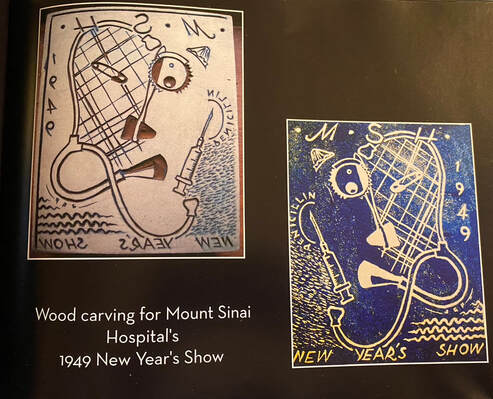
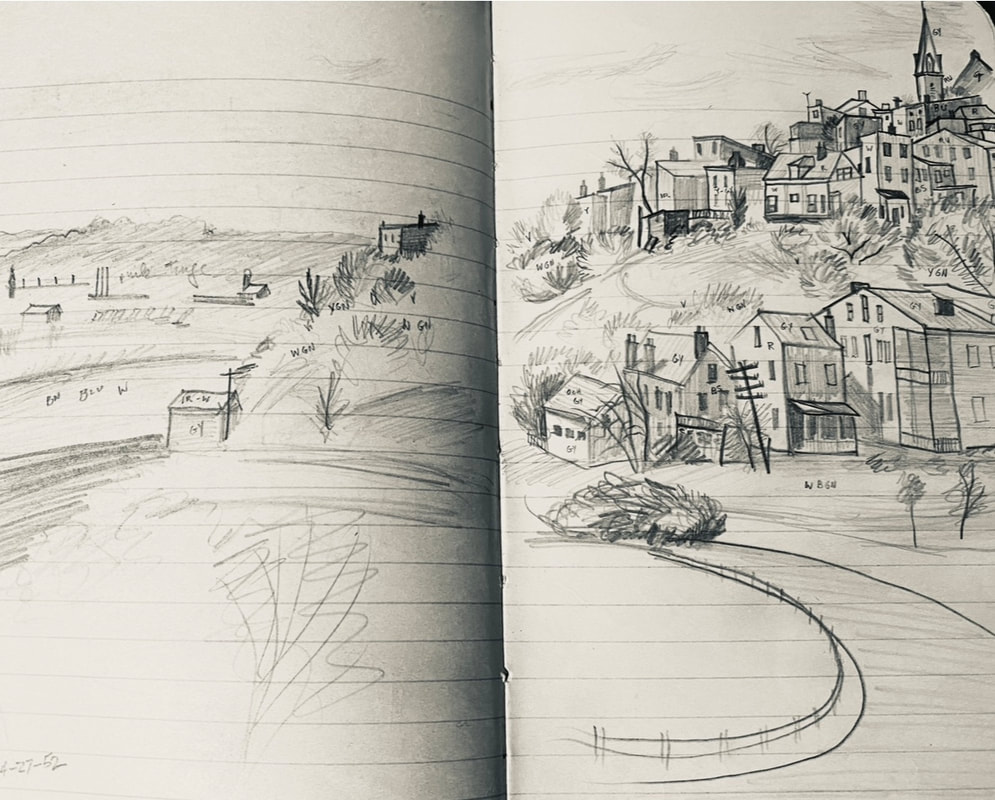
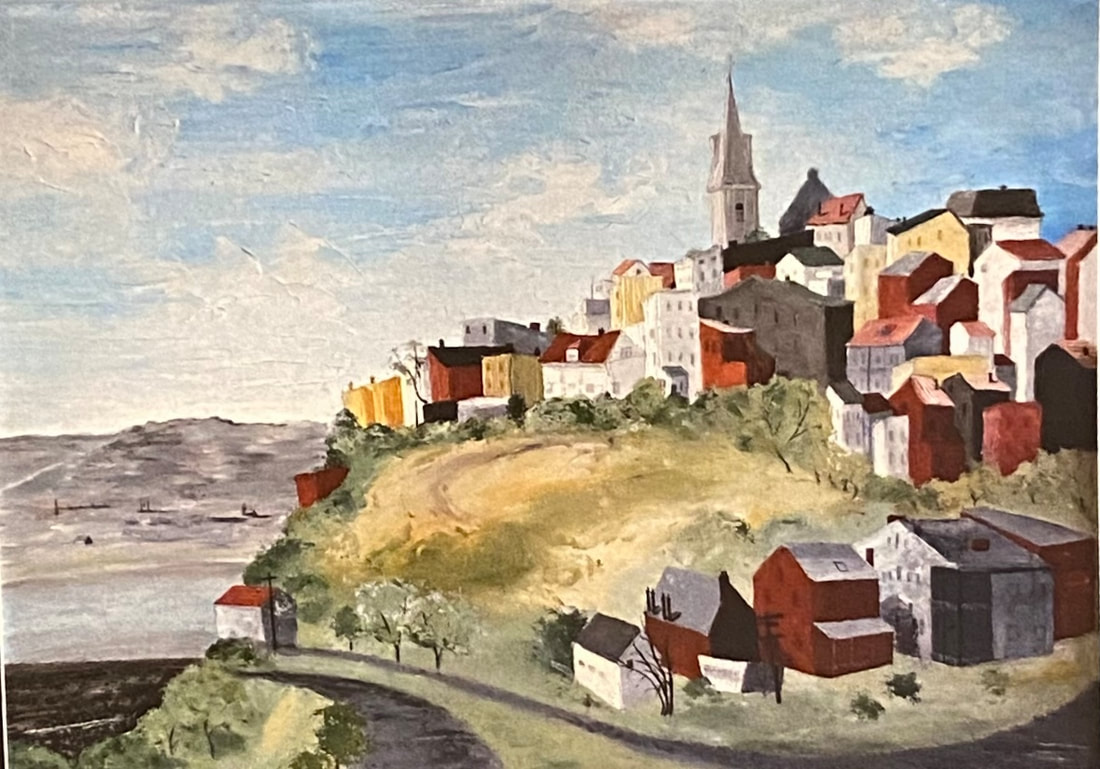
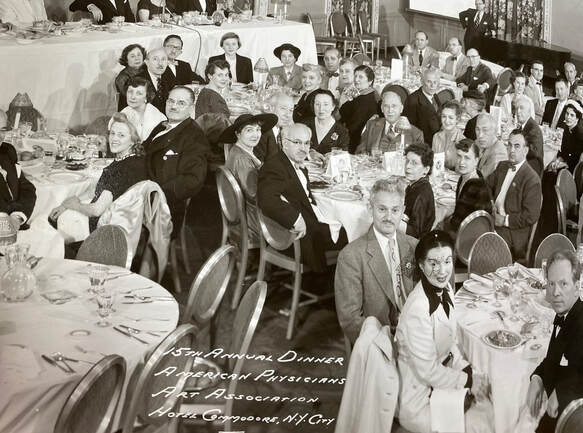
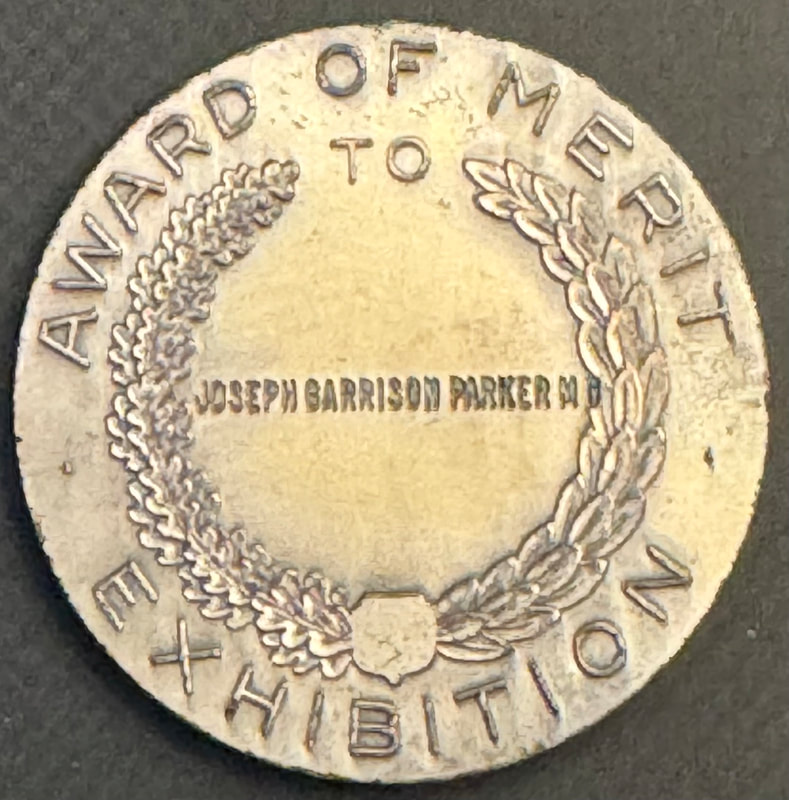
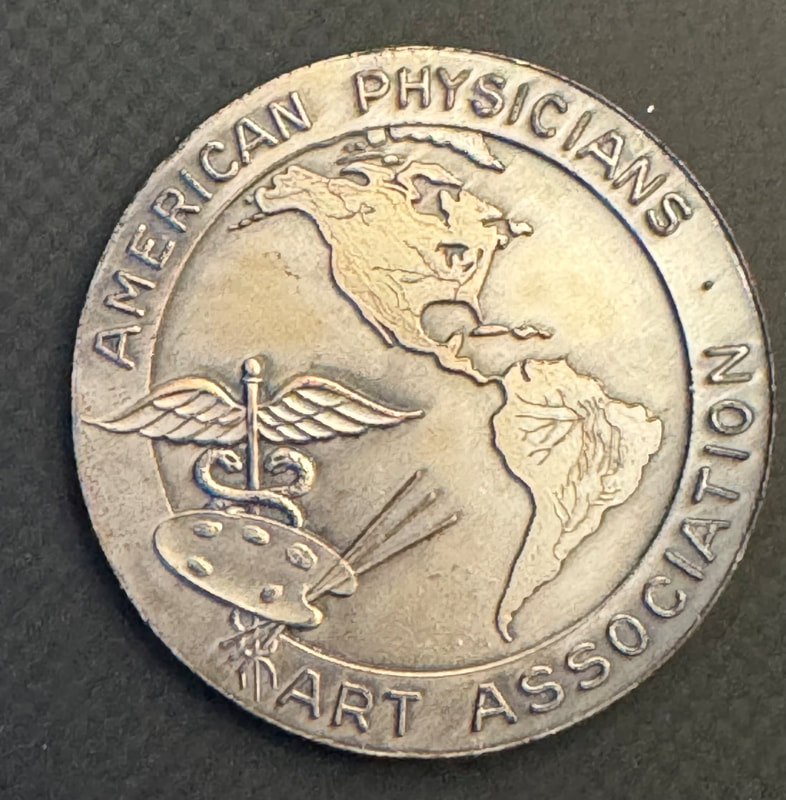
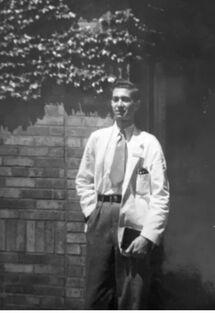
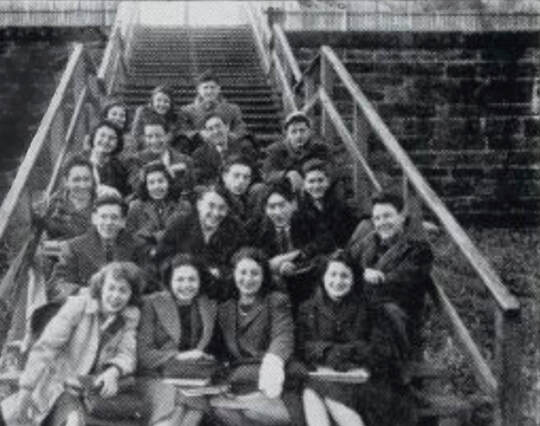
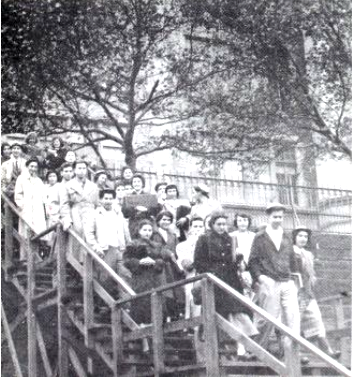
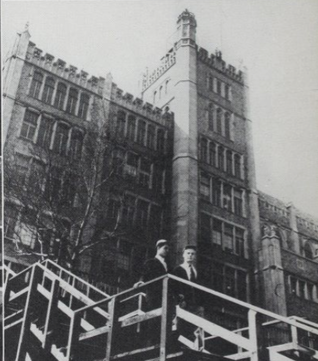

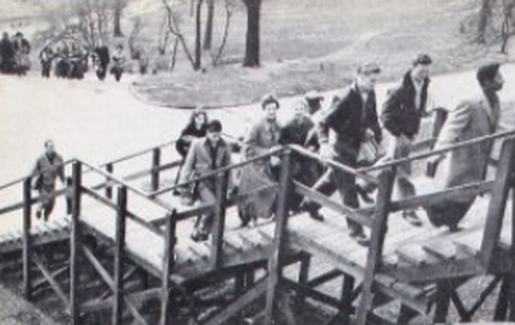
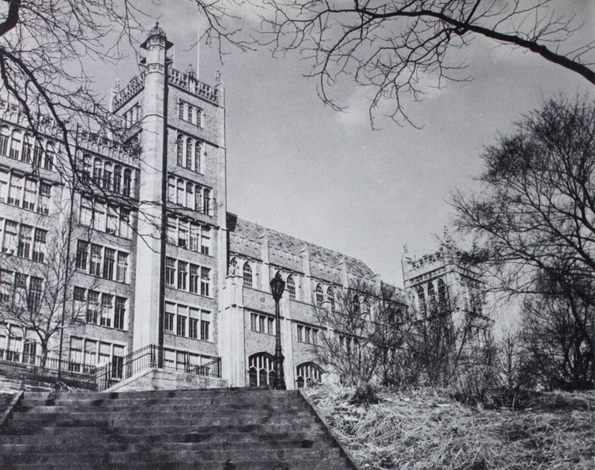
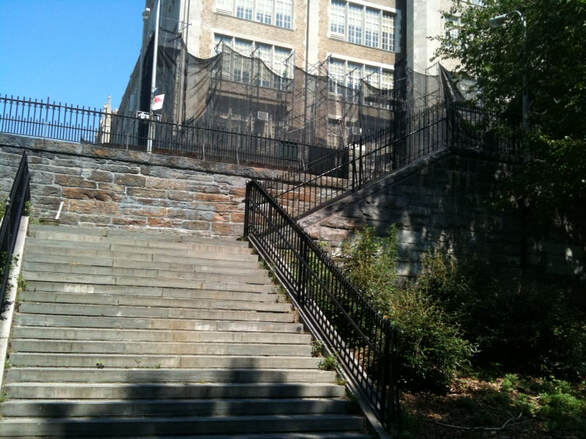

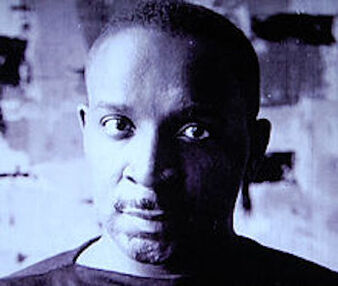
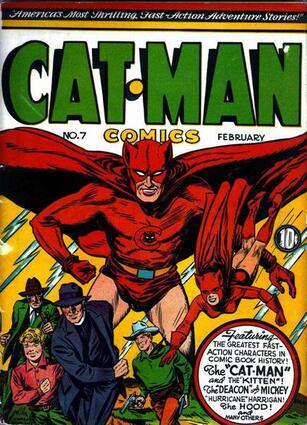
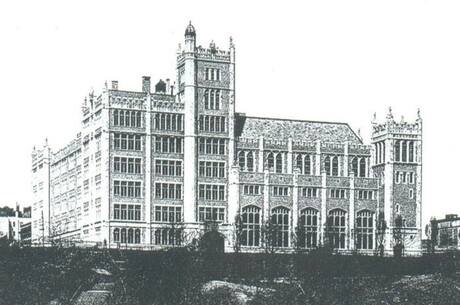

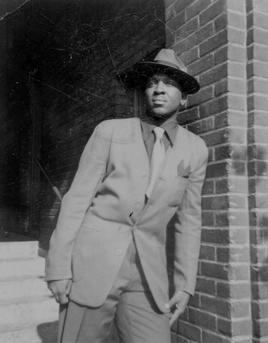
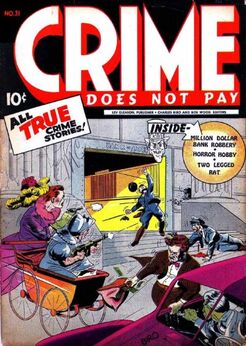
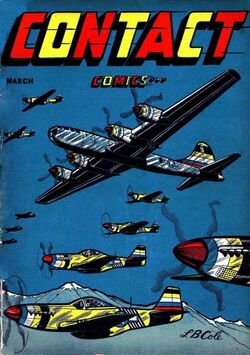
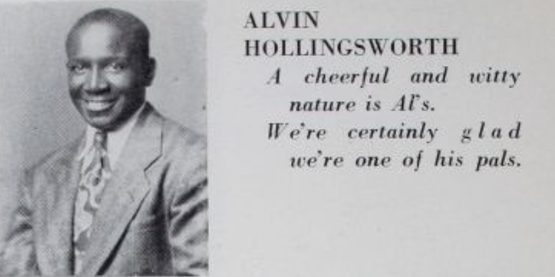
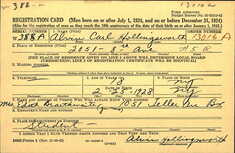
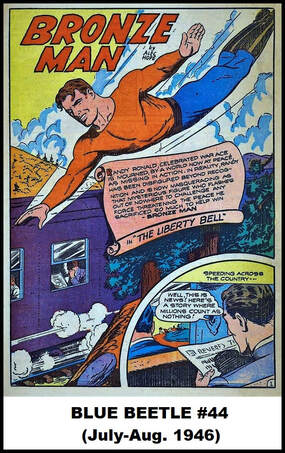
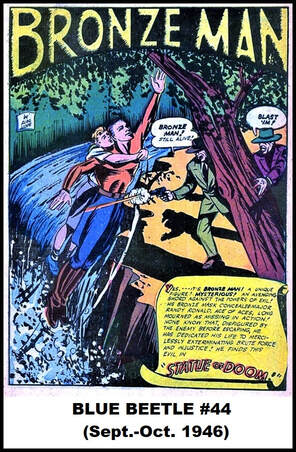
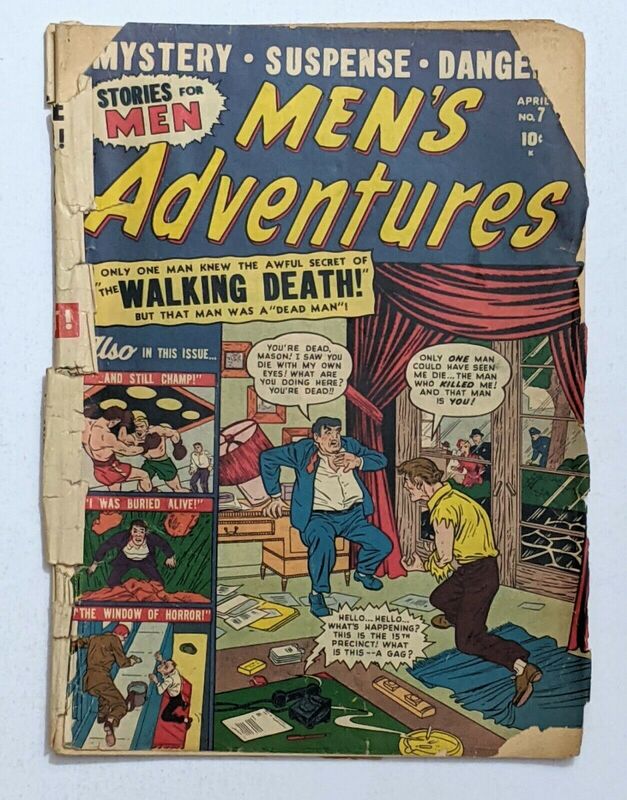
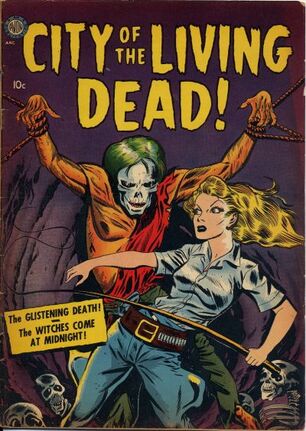
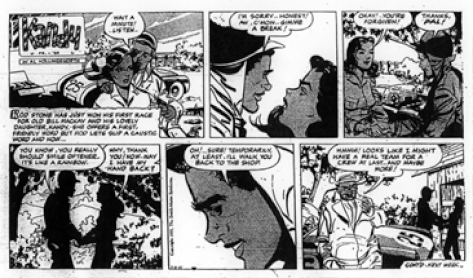
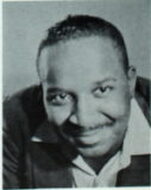
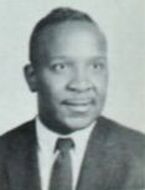
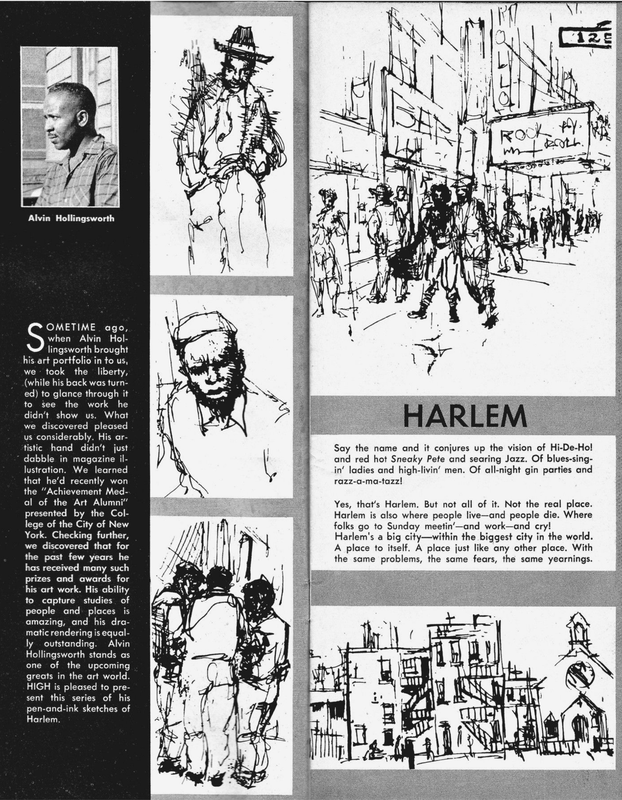
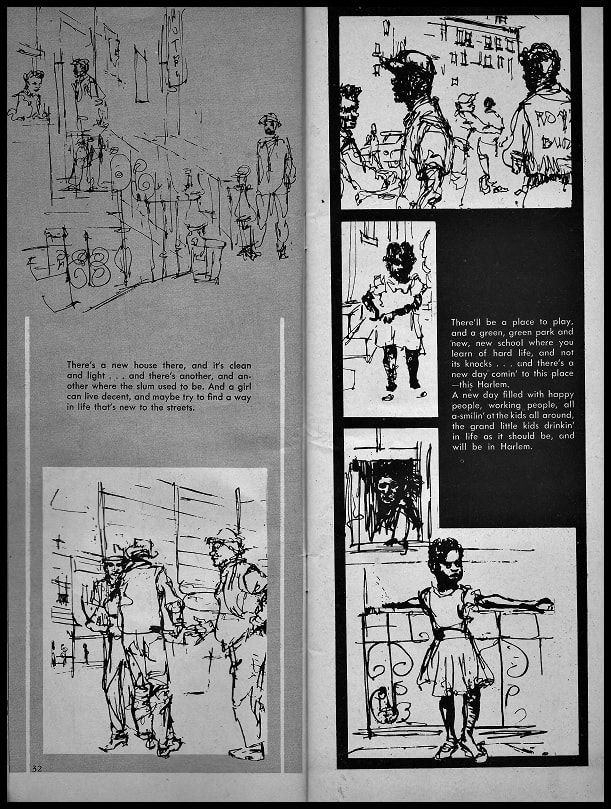
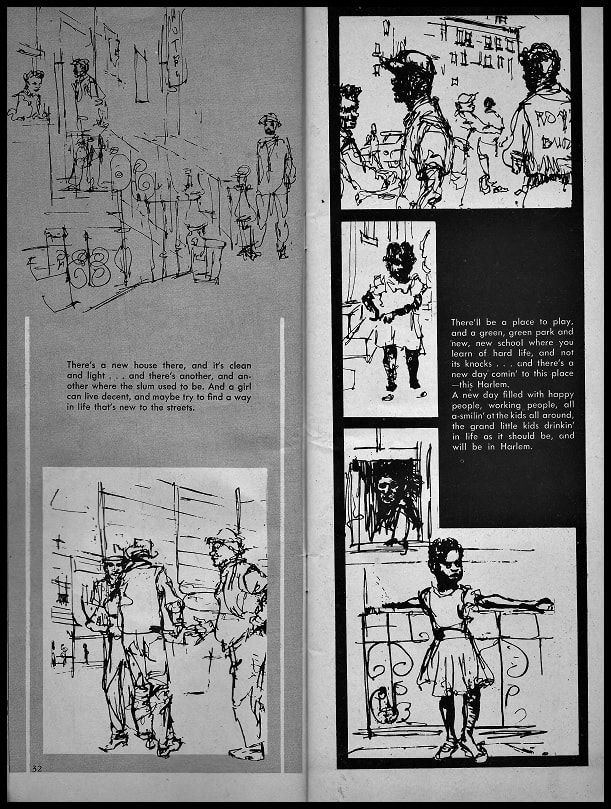

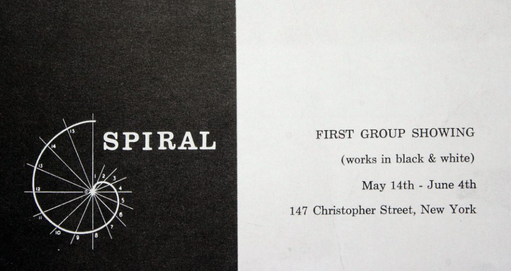
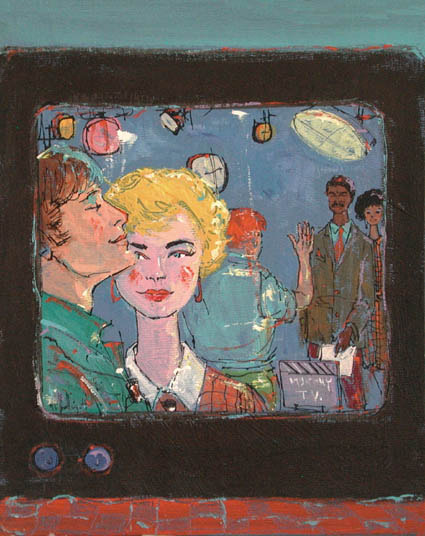

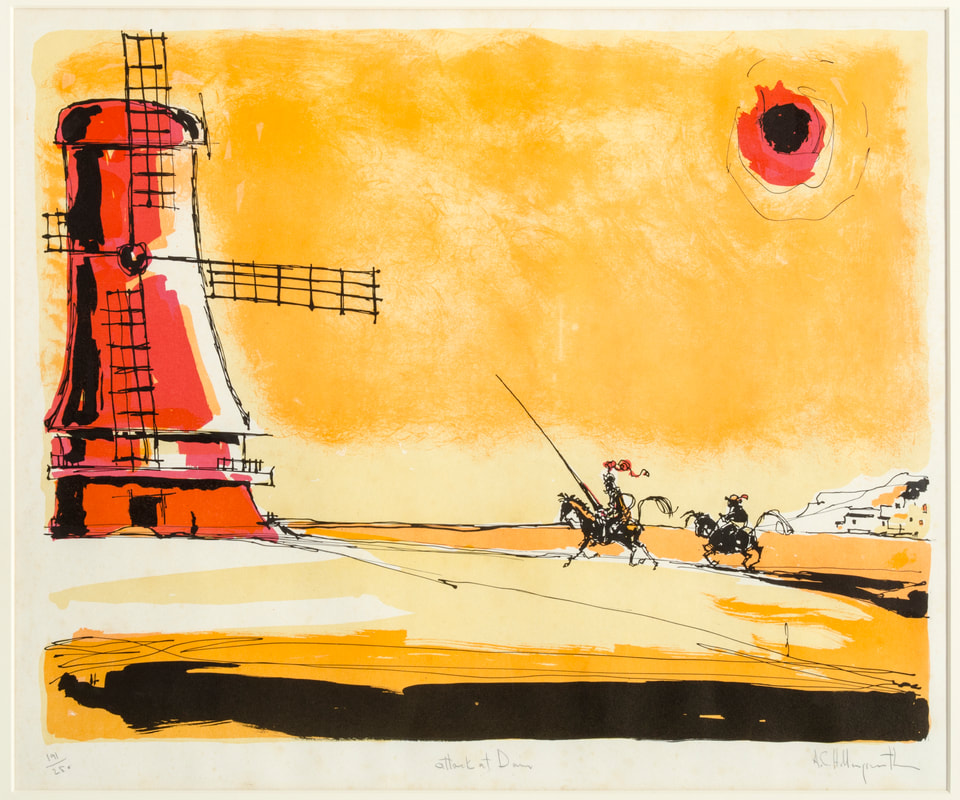
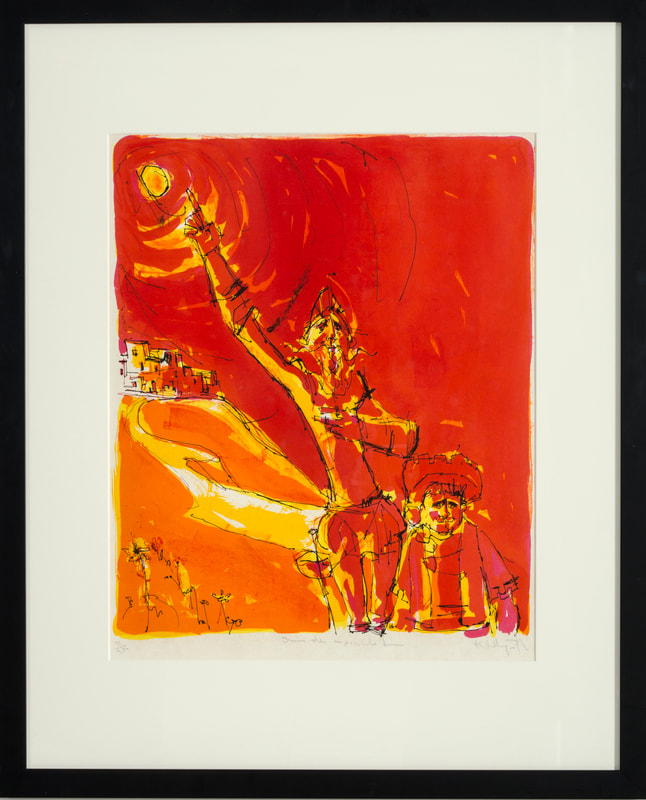
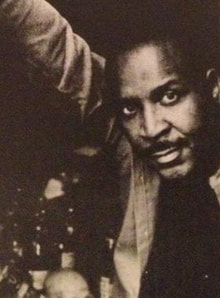
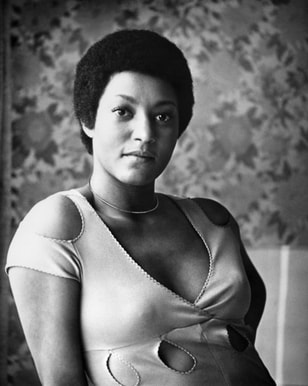
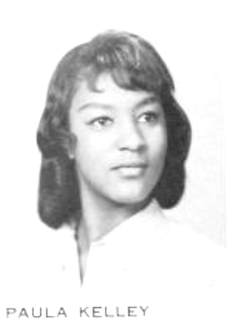
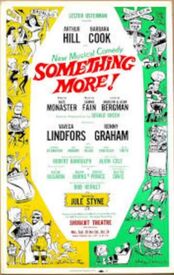

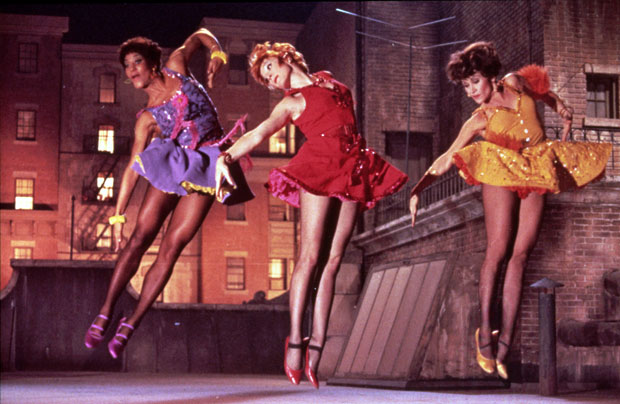
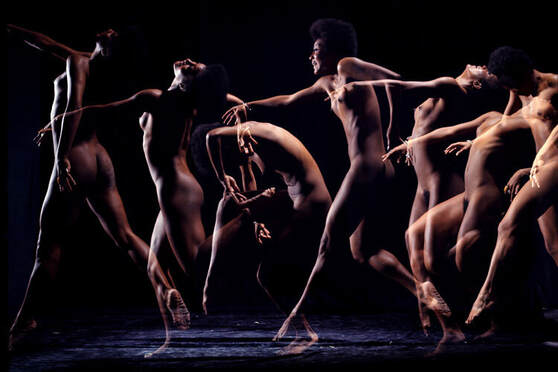
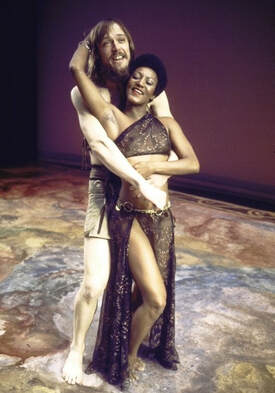
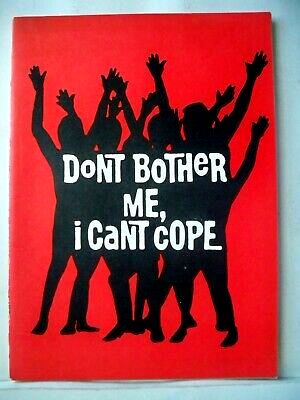
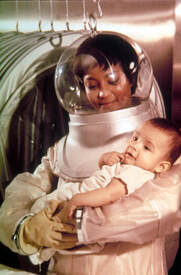
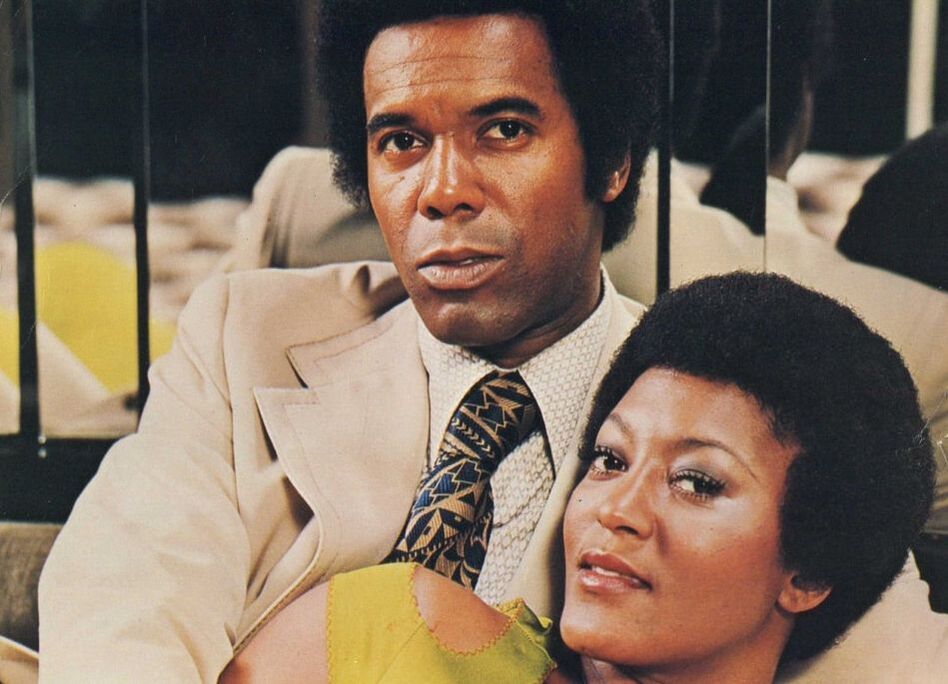
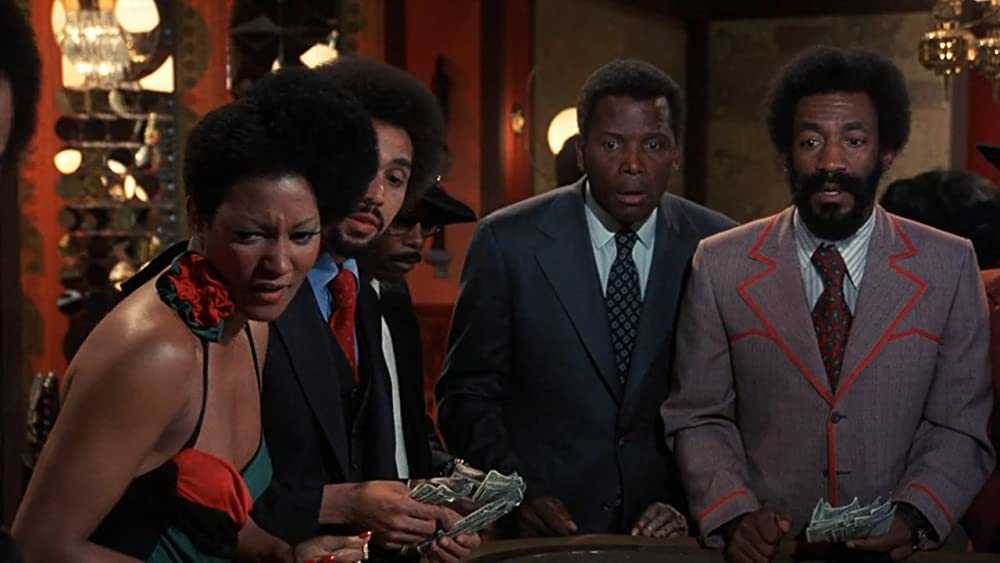
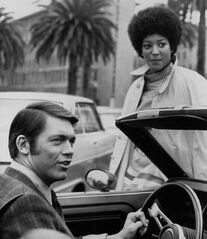
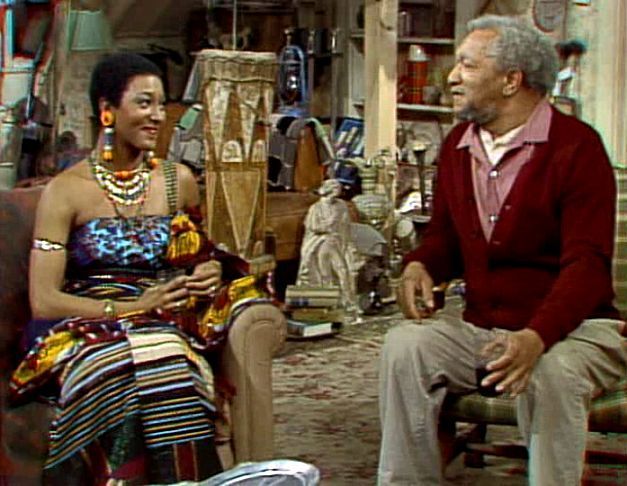
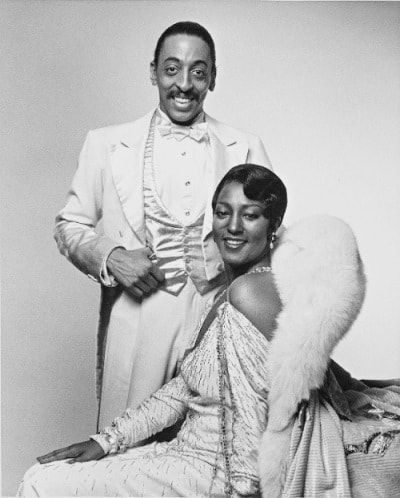
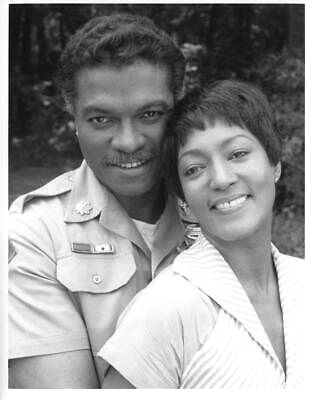
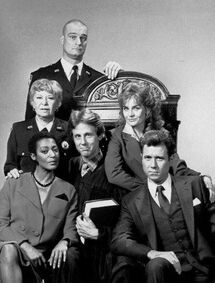
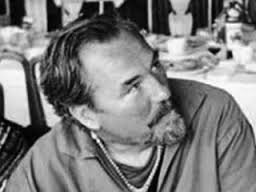
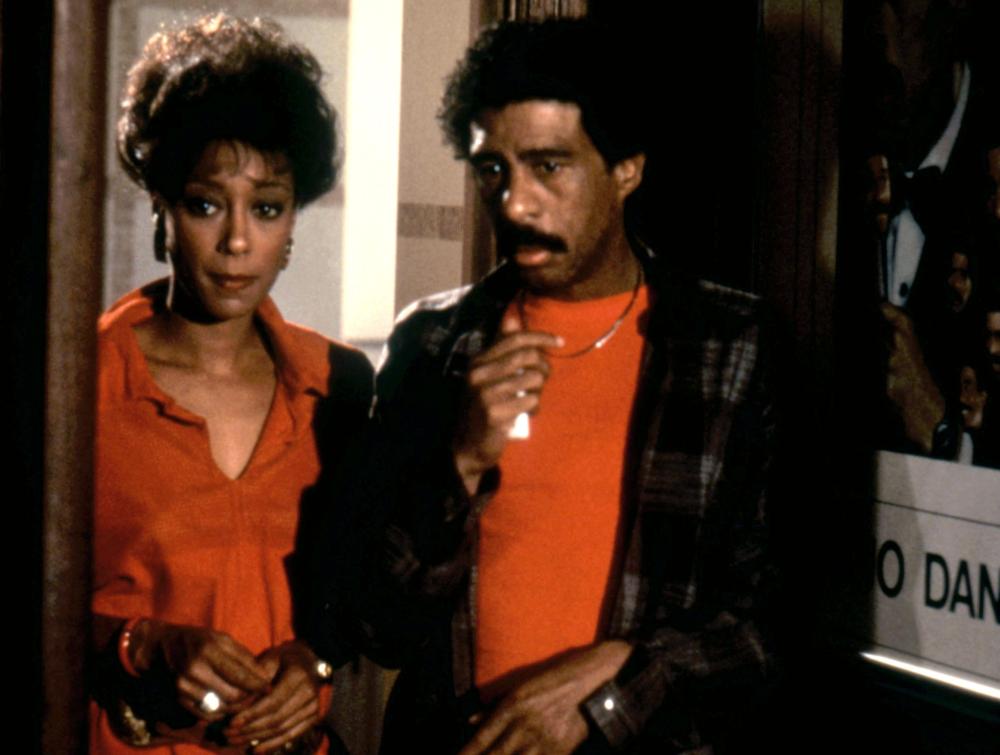
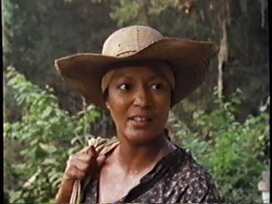
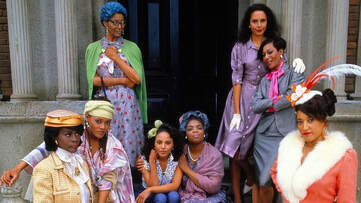
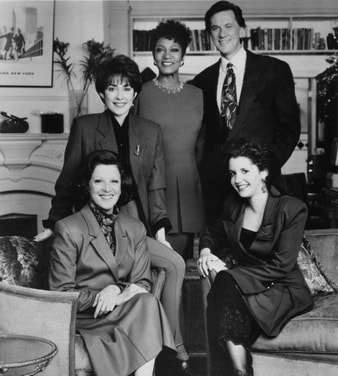
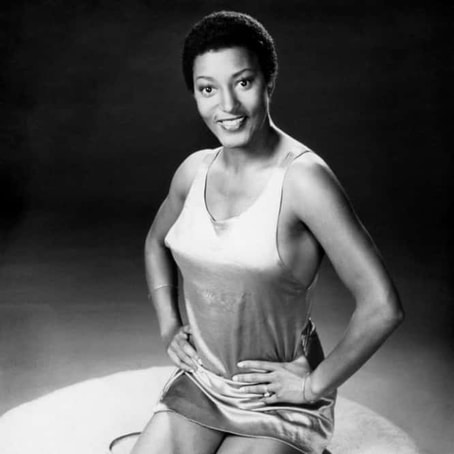
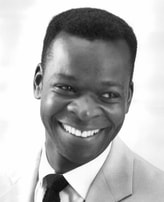
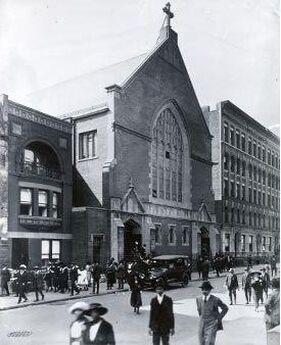
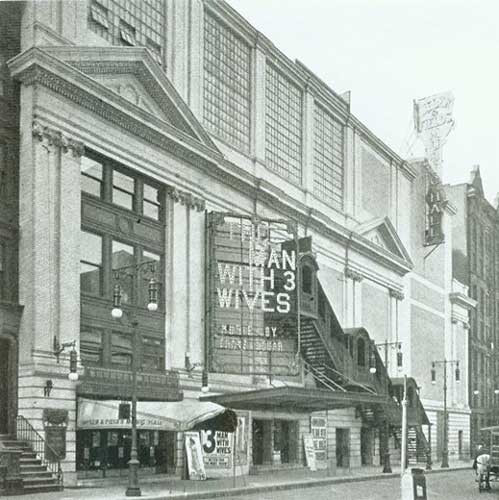
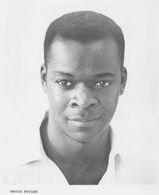
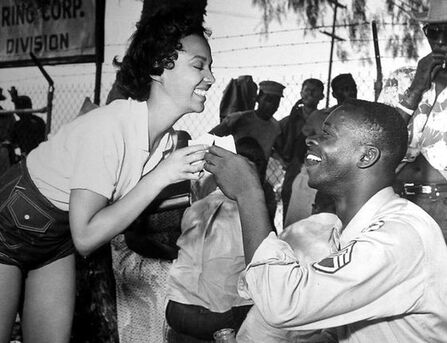
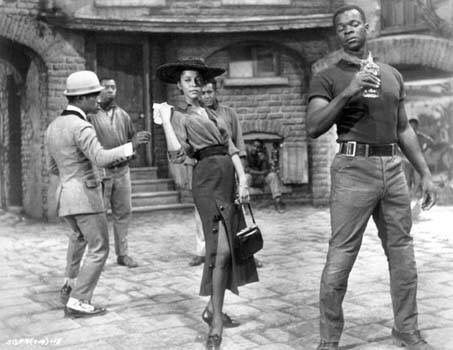
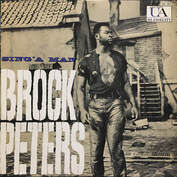
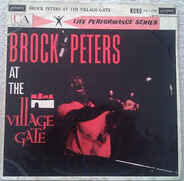
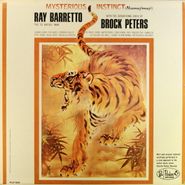
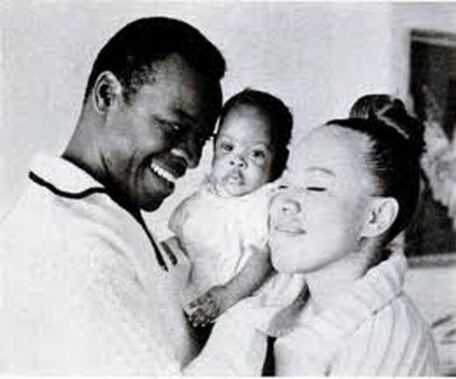
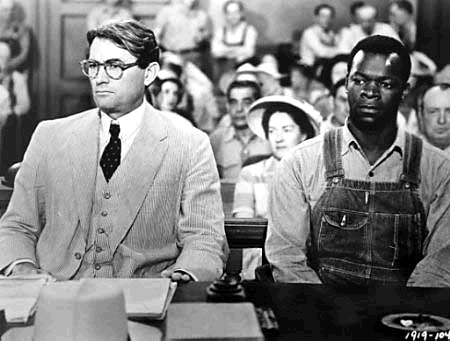
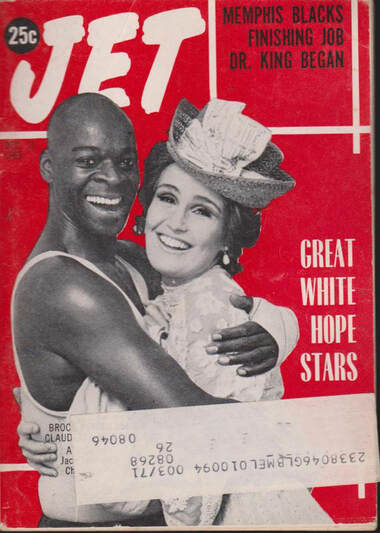
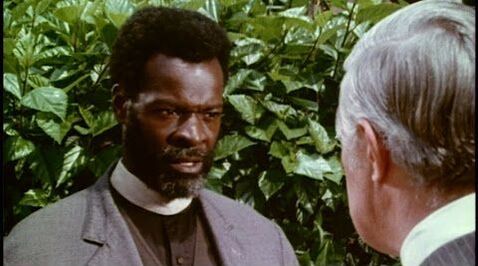
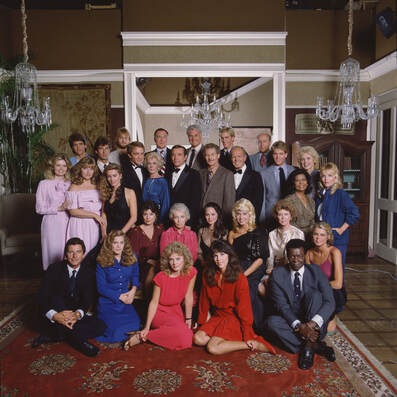
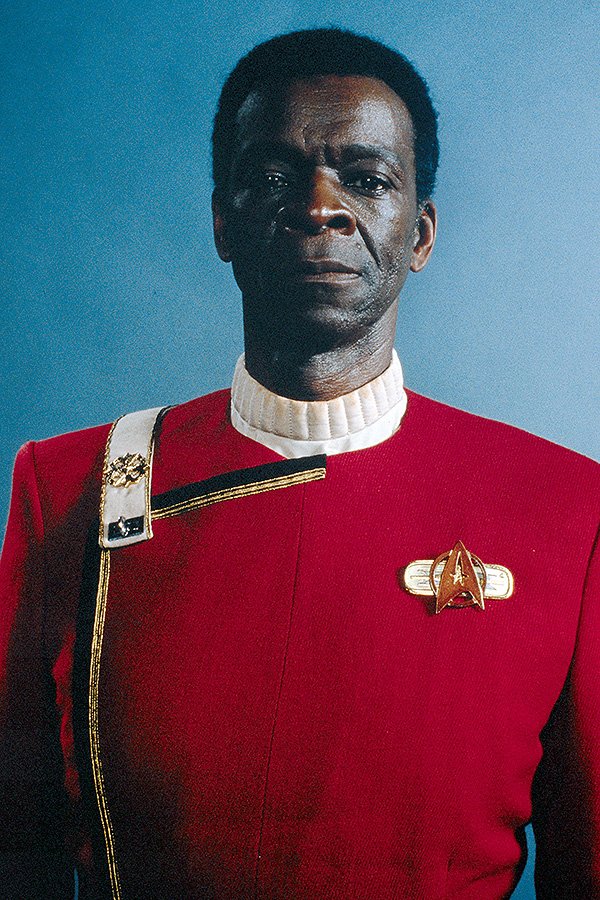
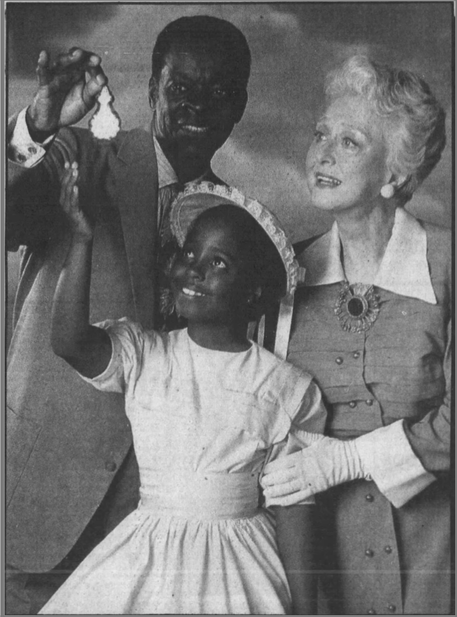
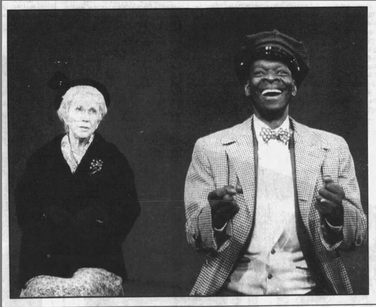
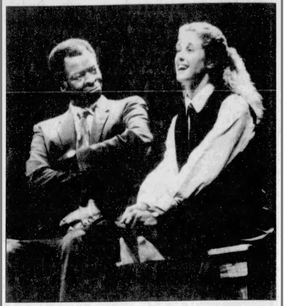
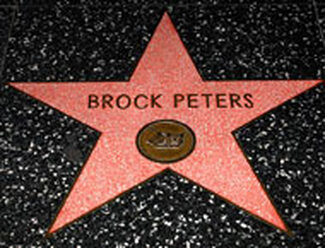
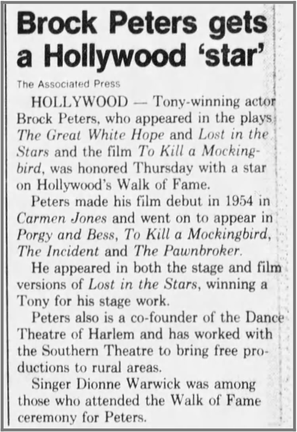
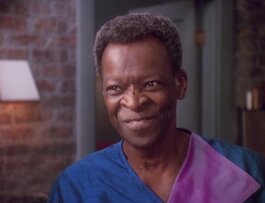
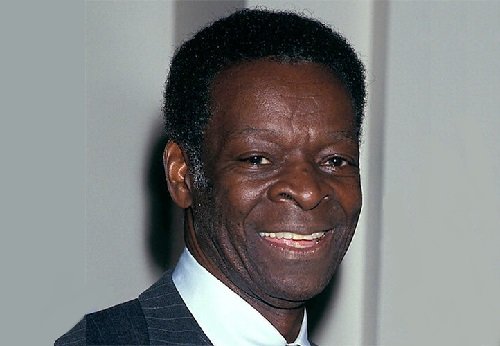
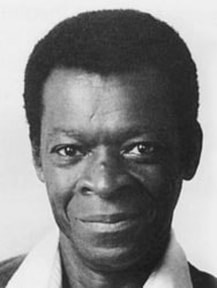
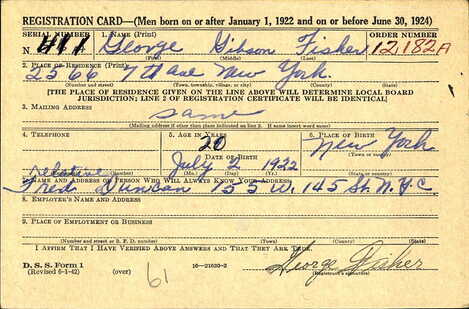
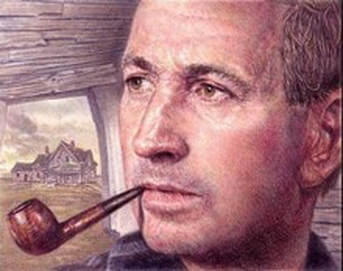
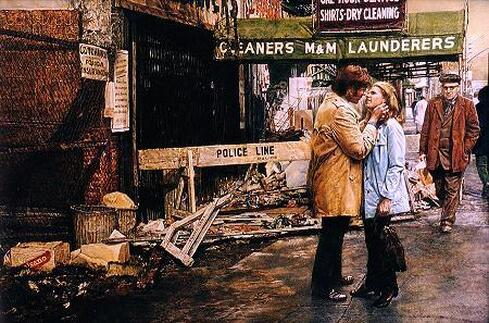
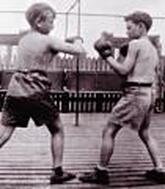
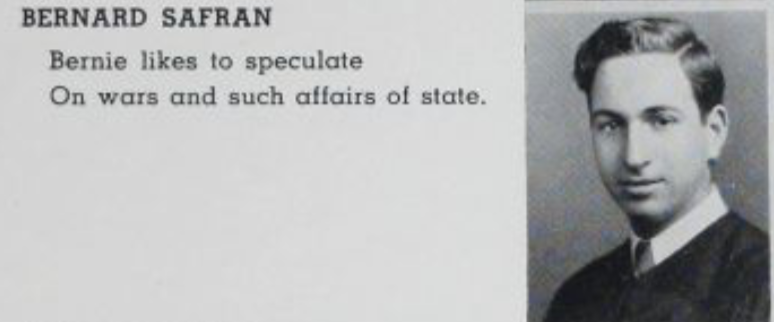
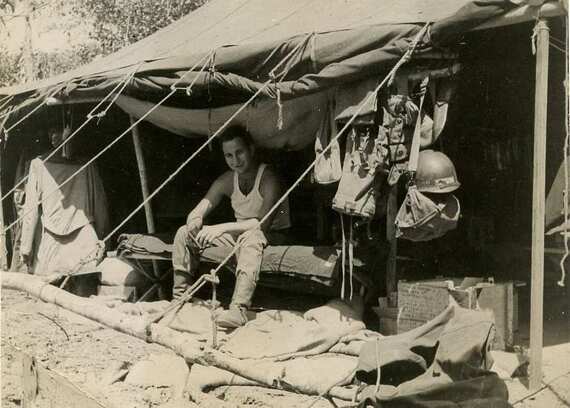
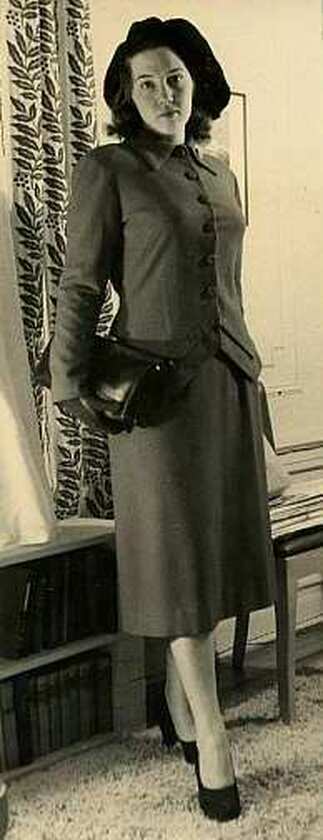
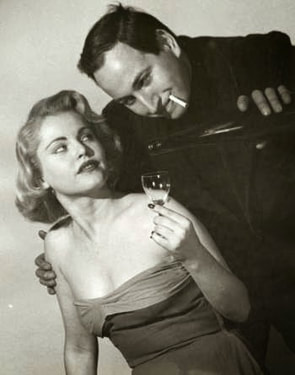
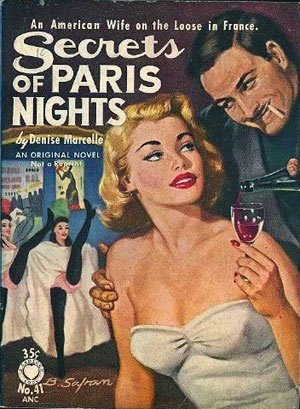
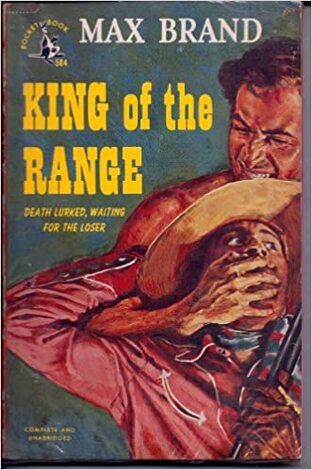
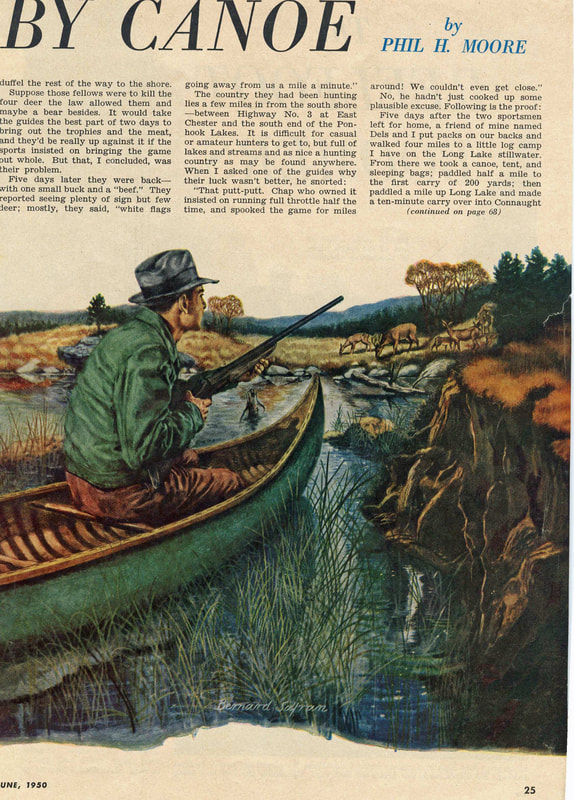
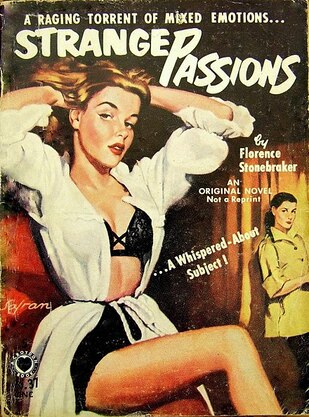
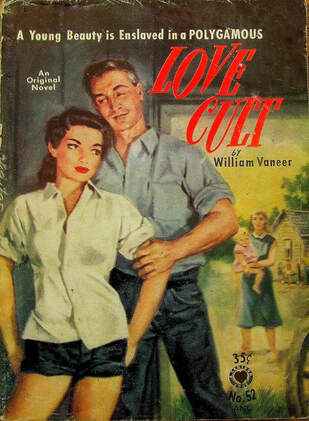
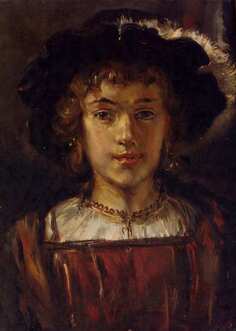
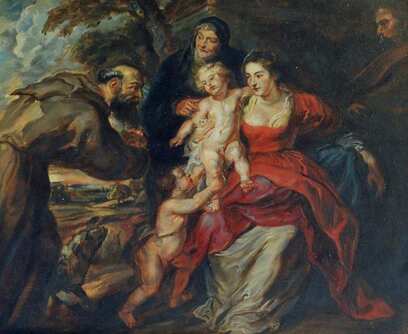
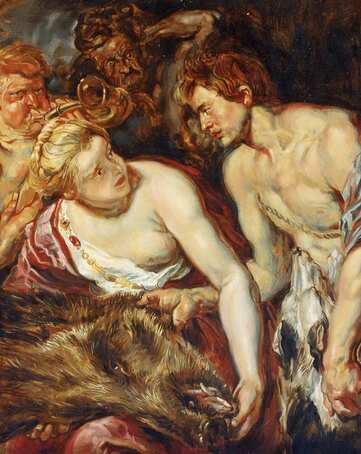
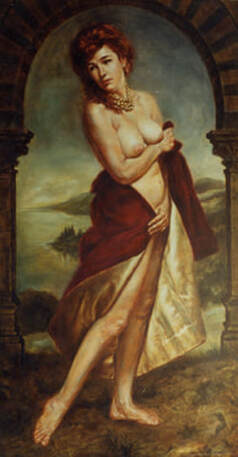
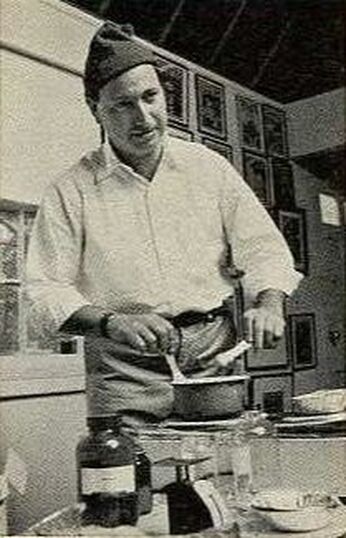
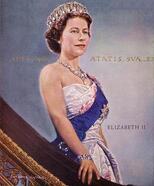
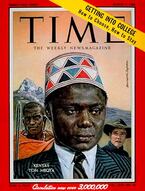
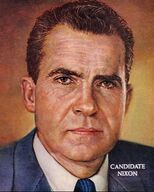
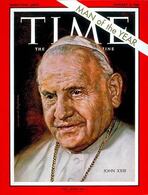
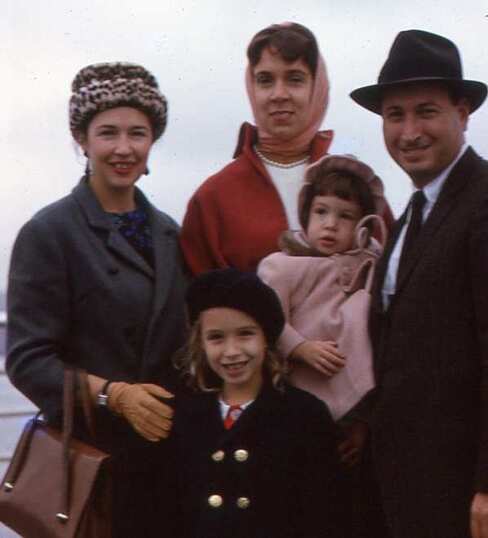
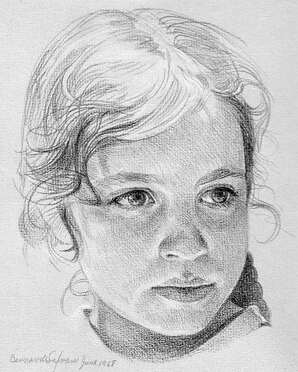
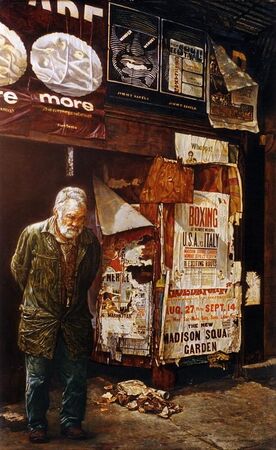
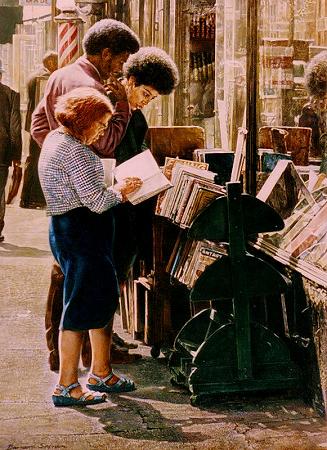
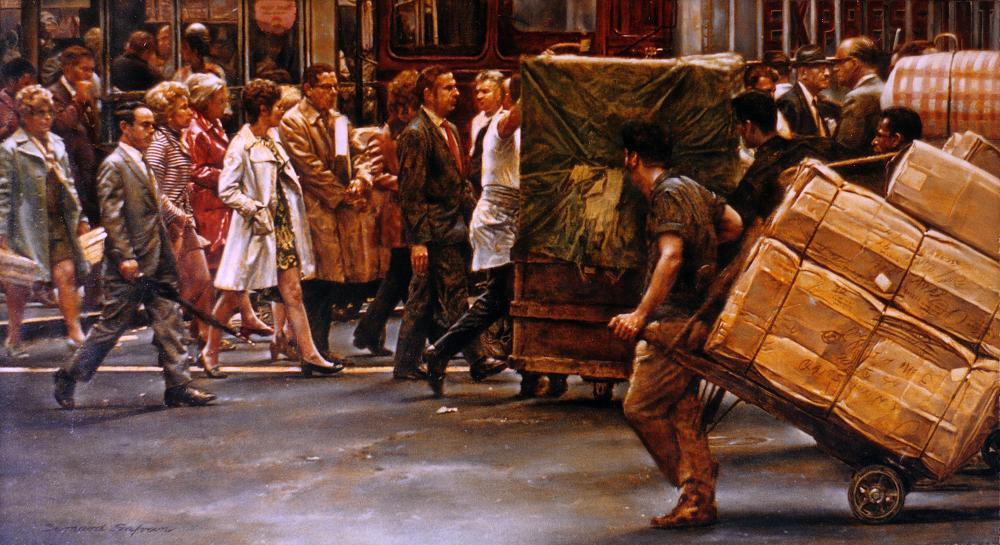
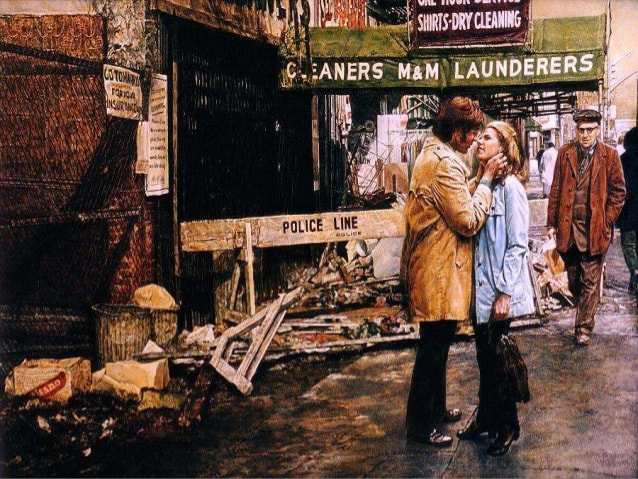
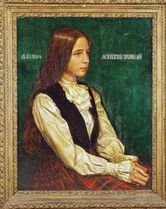

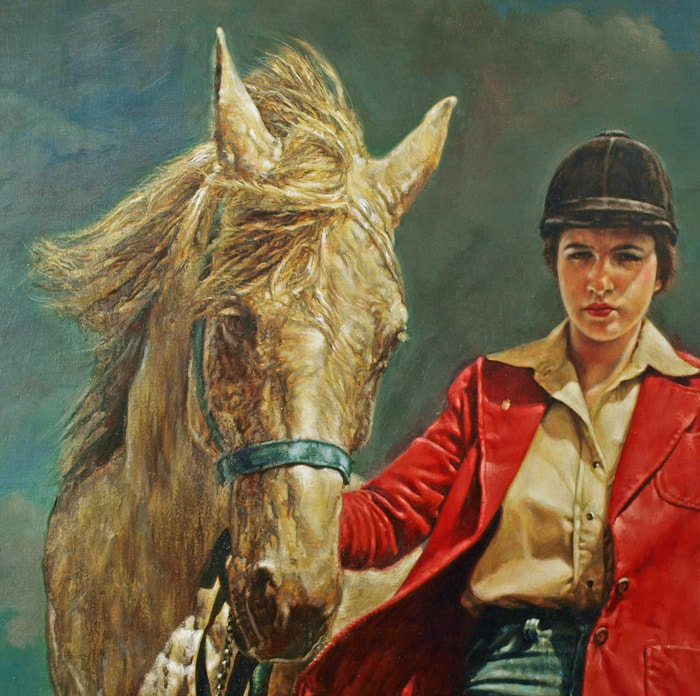
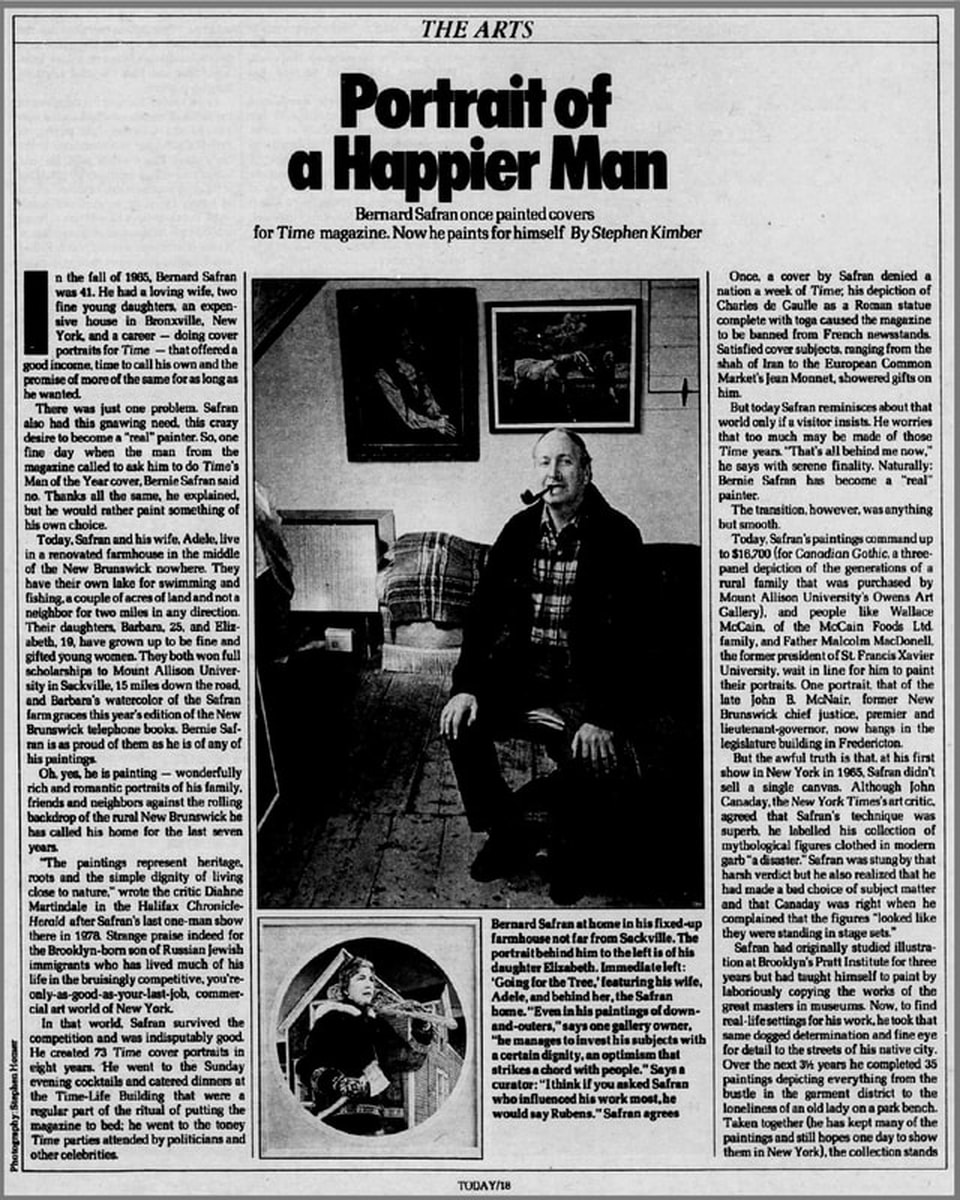
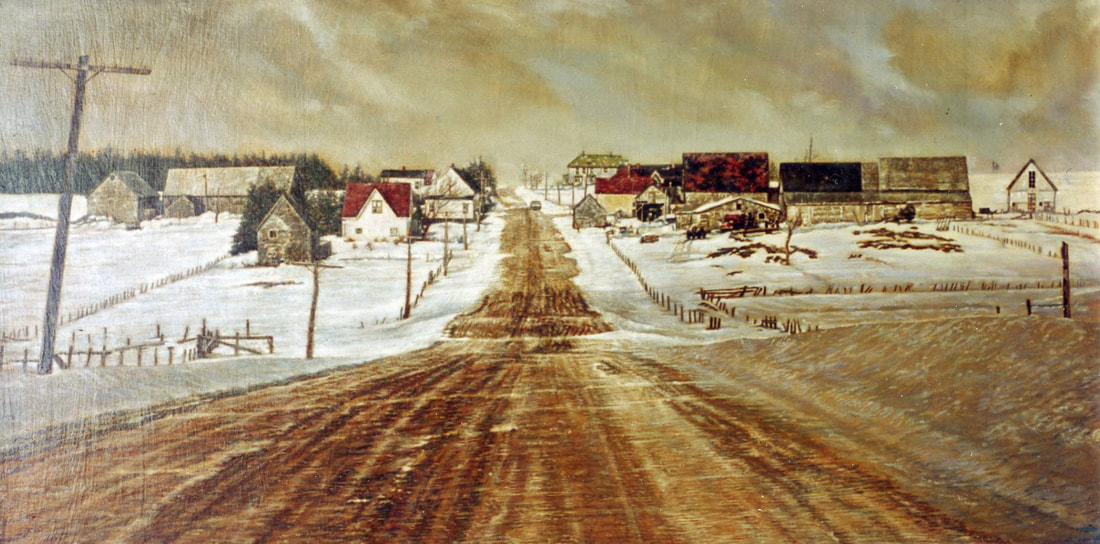
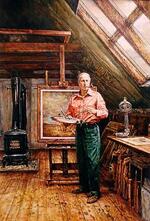
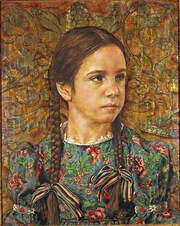
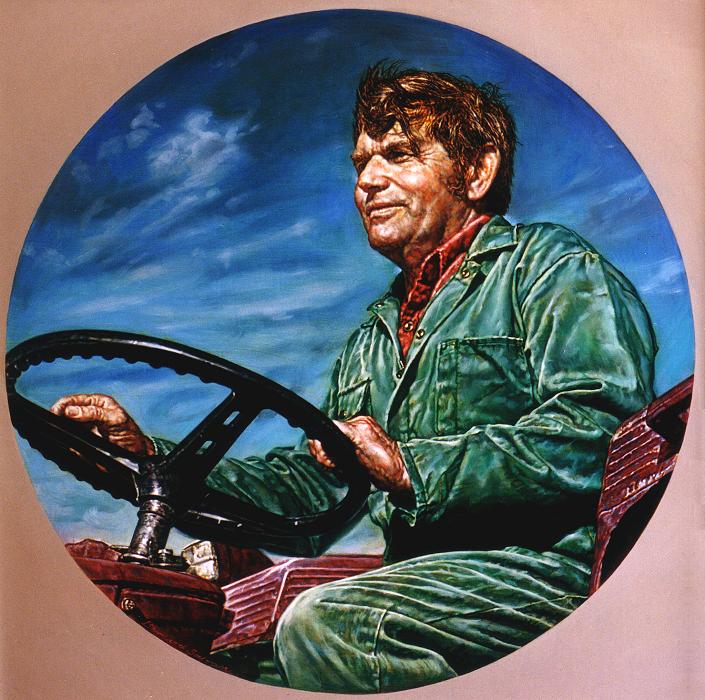
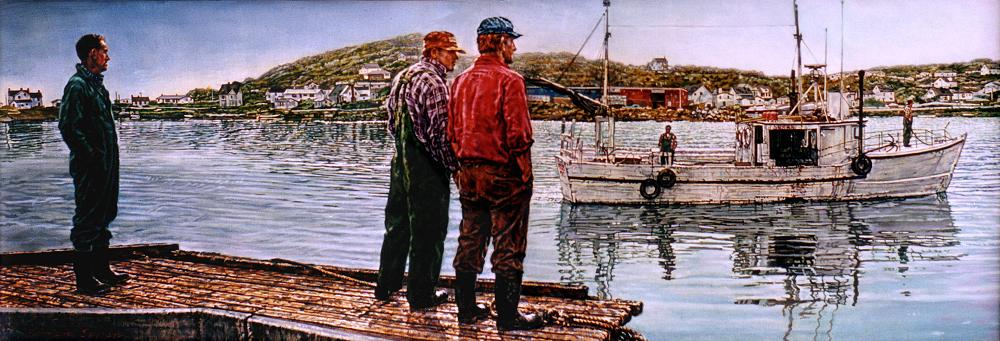
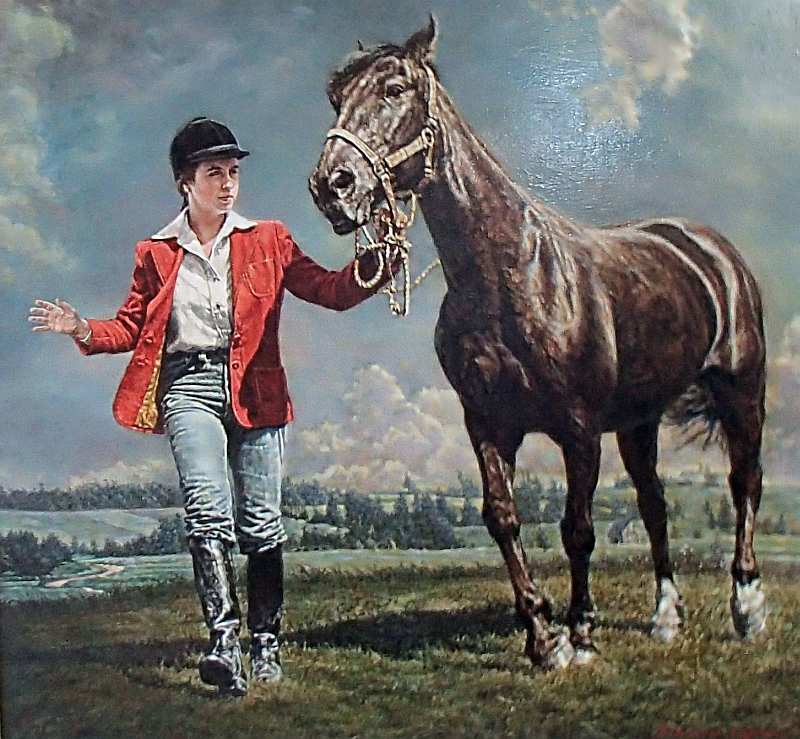
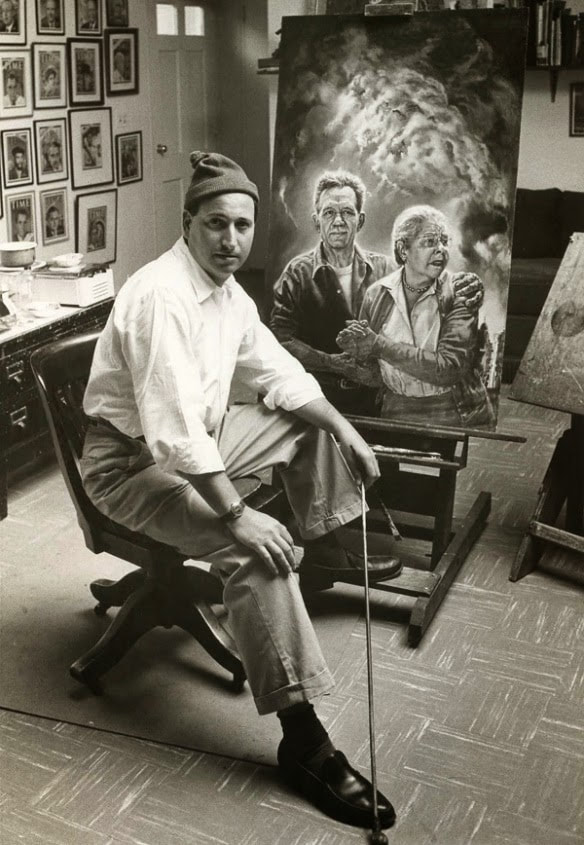
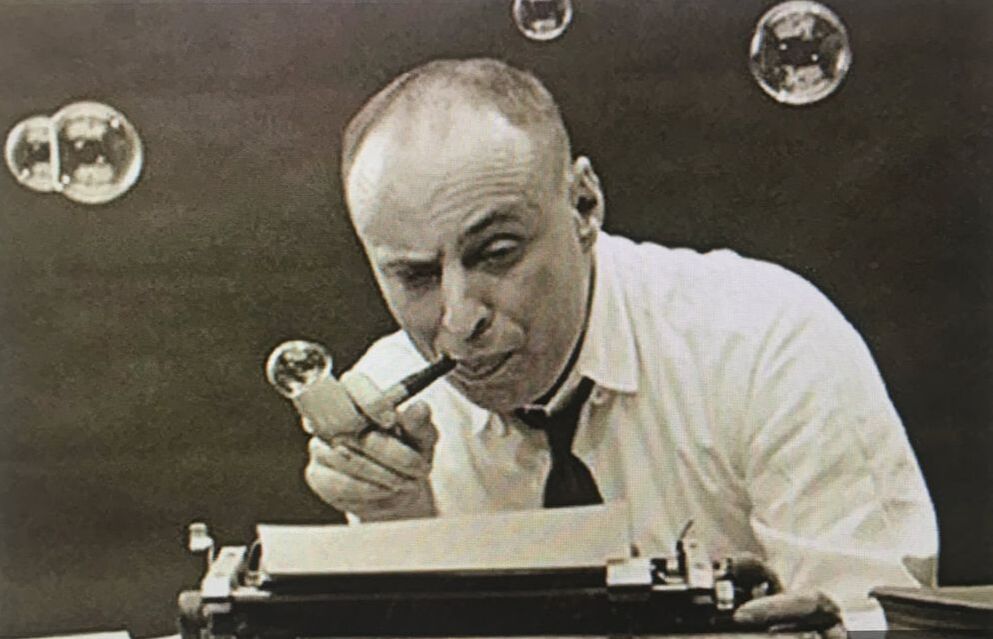
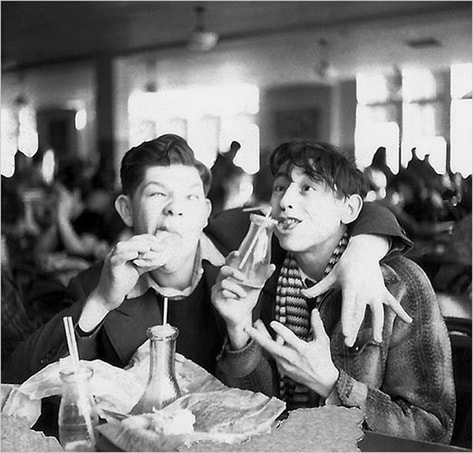
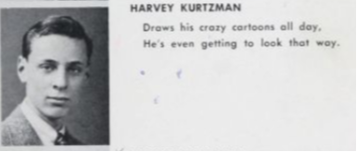
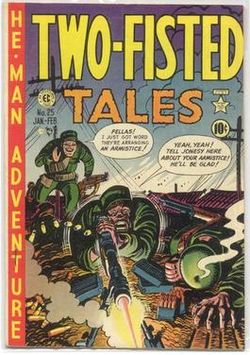
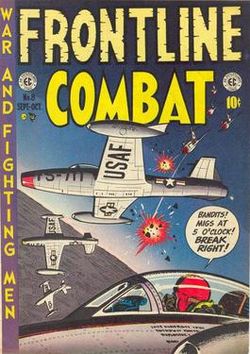
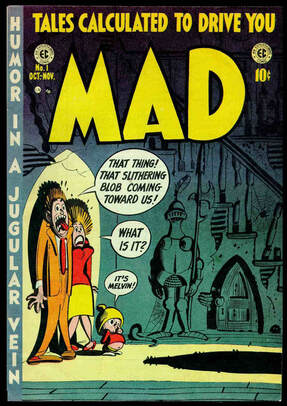
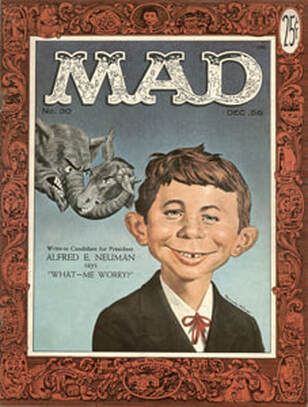
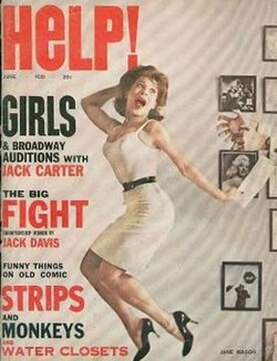
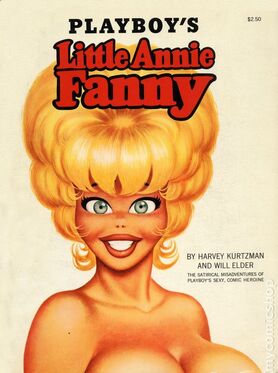
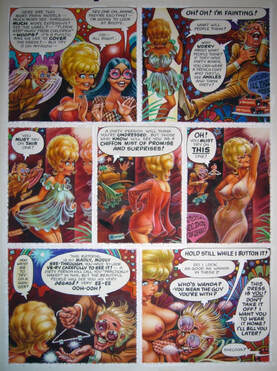
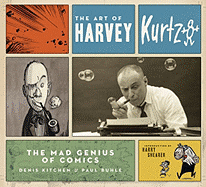

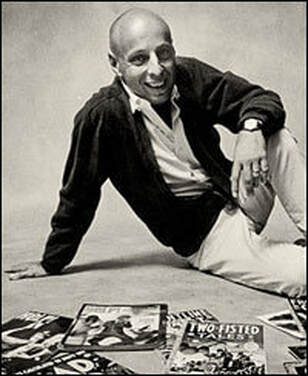
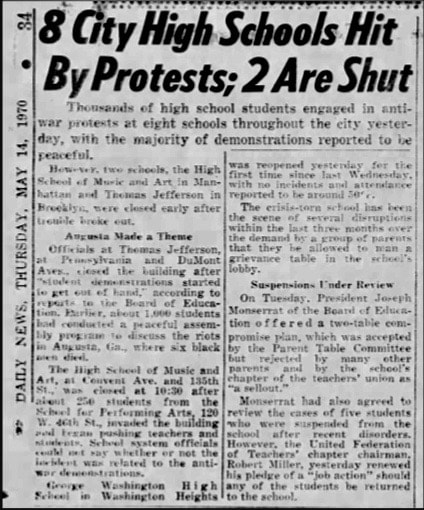

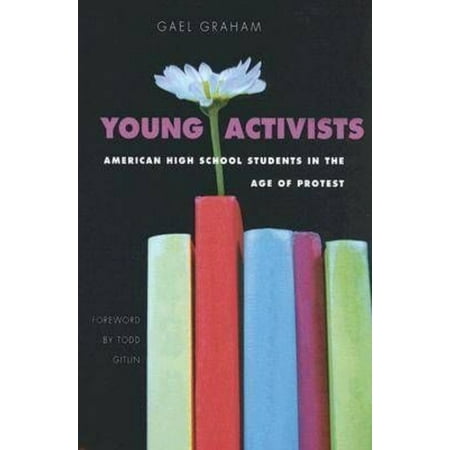
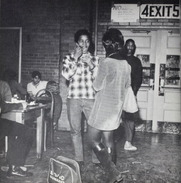
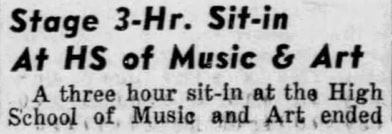
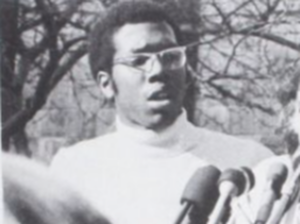
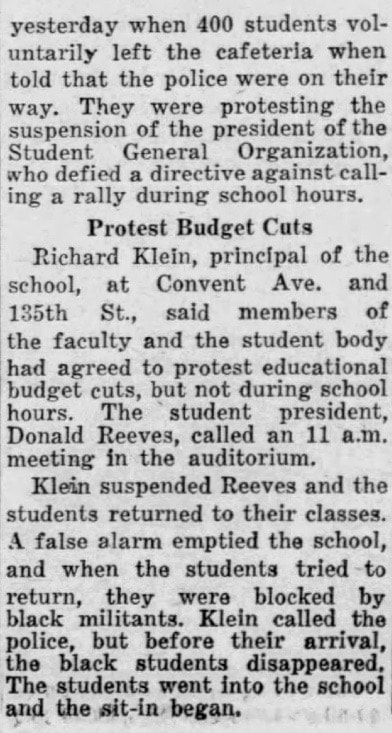

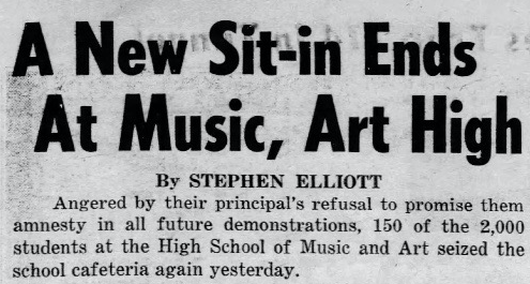
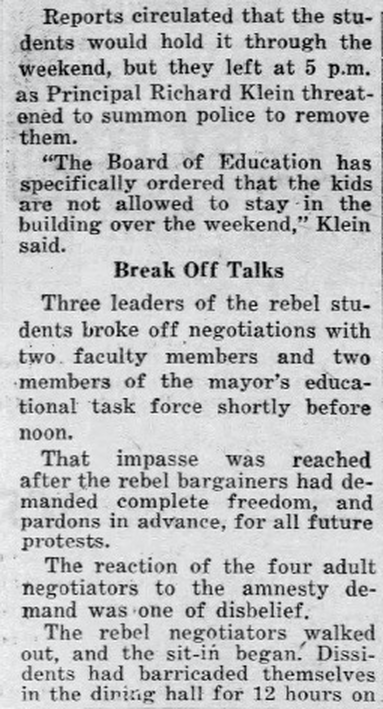
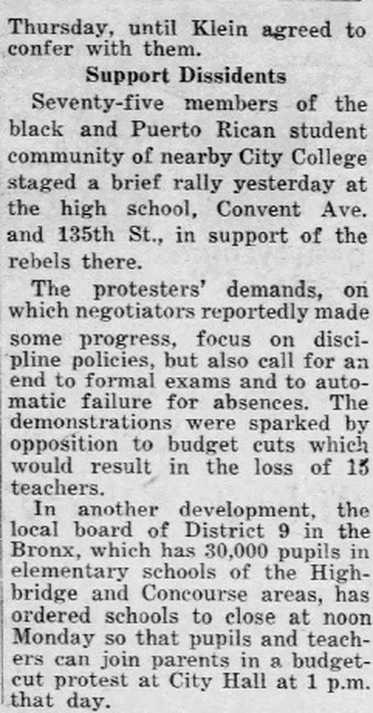


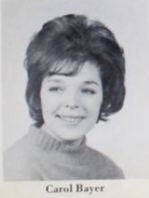
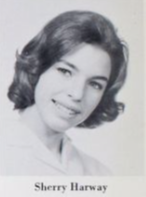
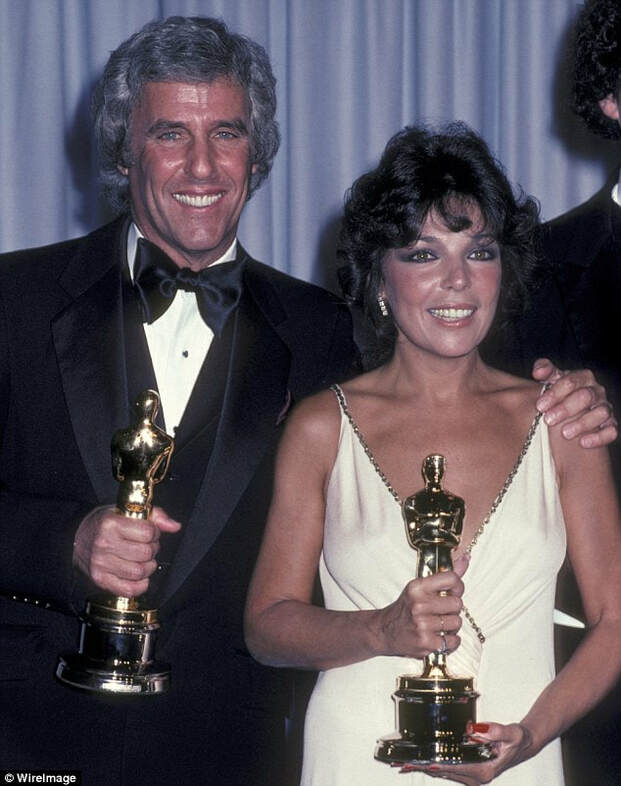
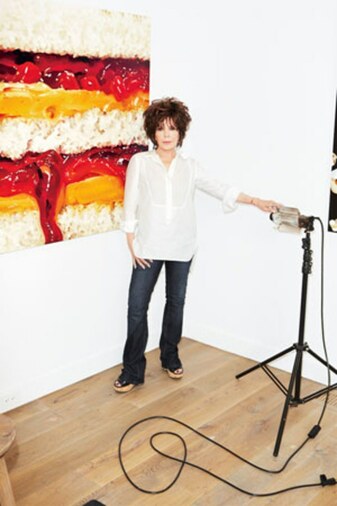
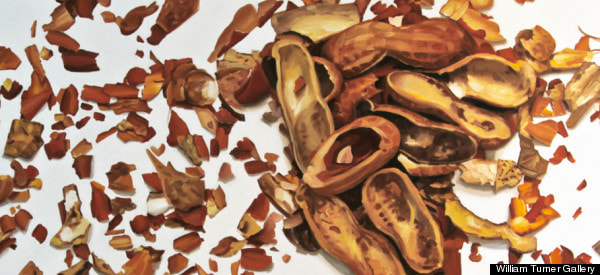
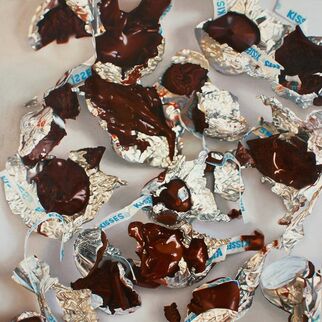
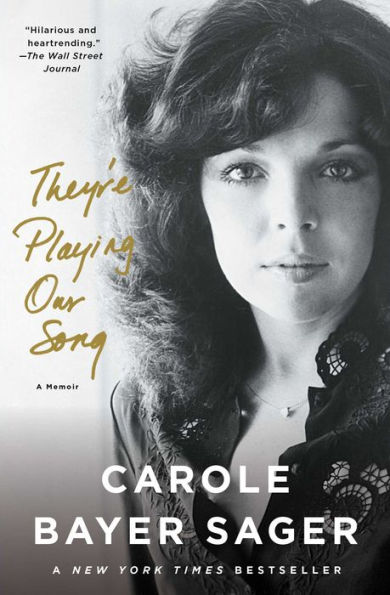
 RSS Feed
RSS Feed